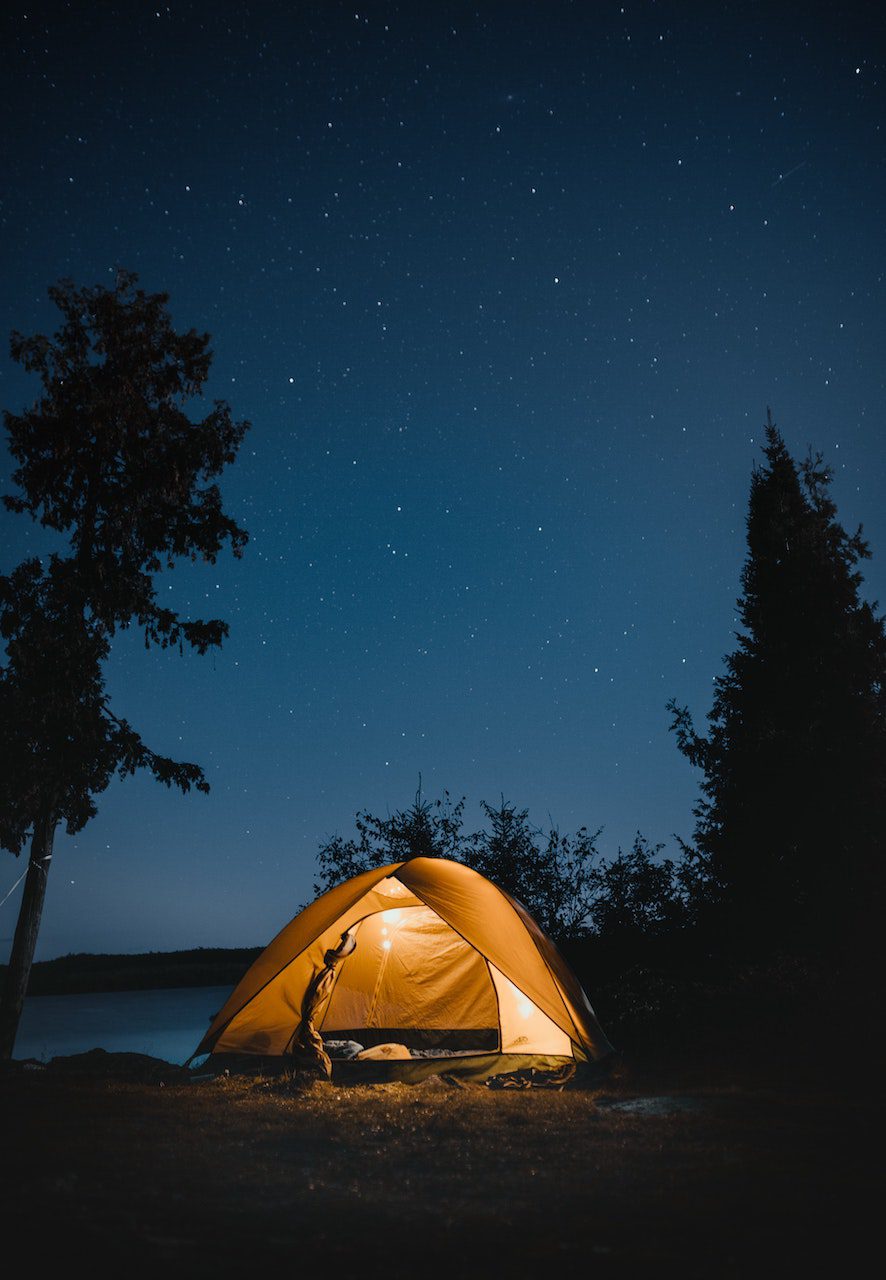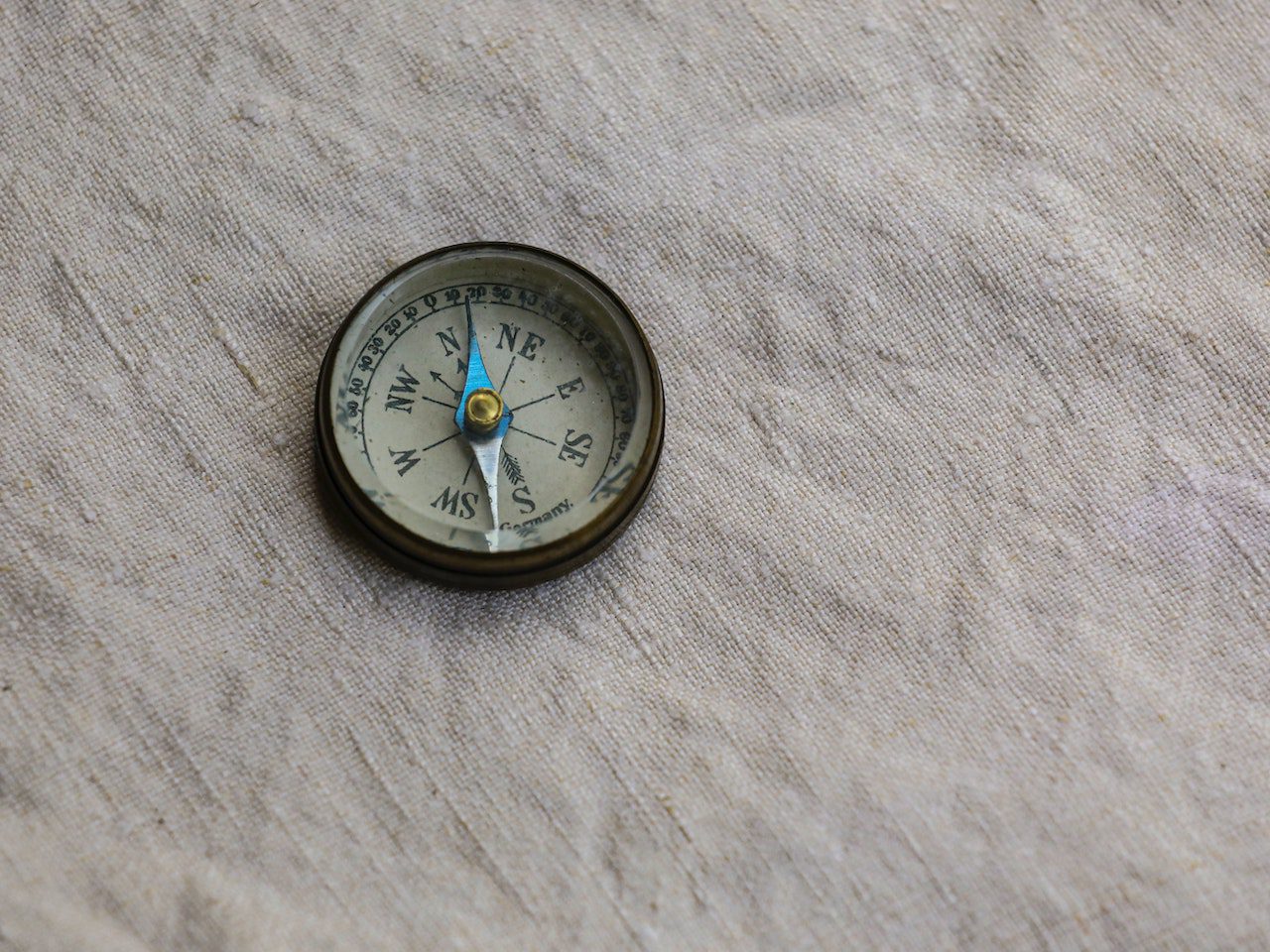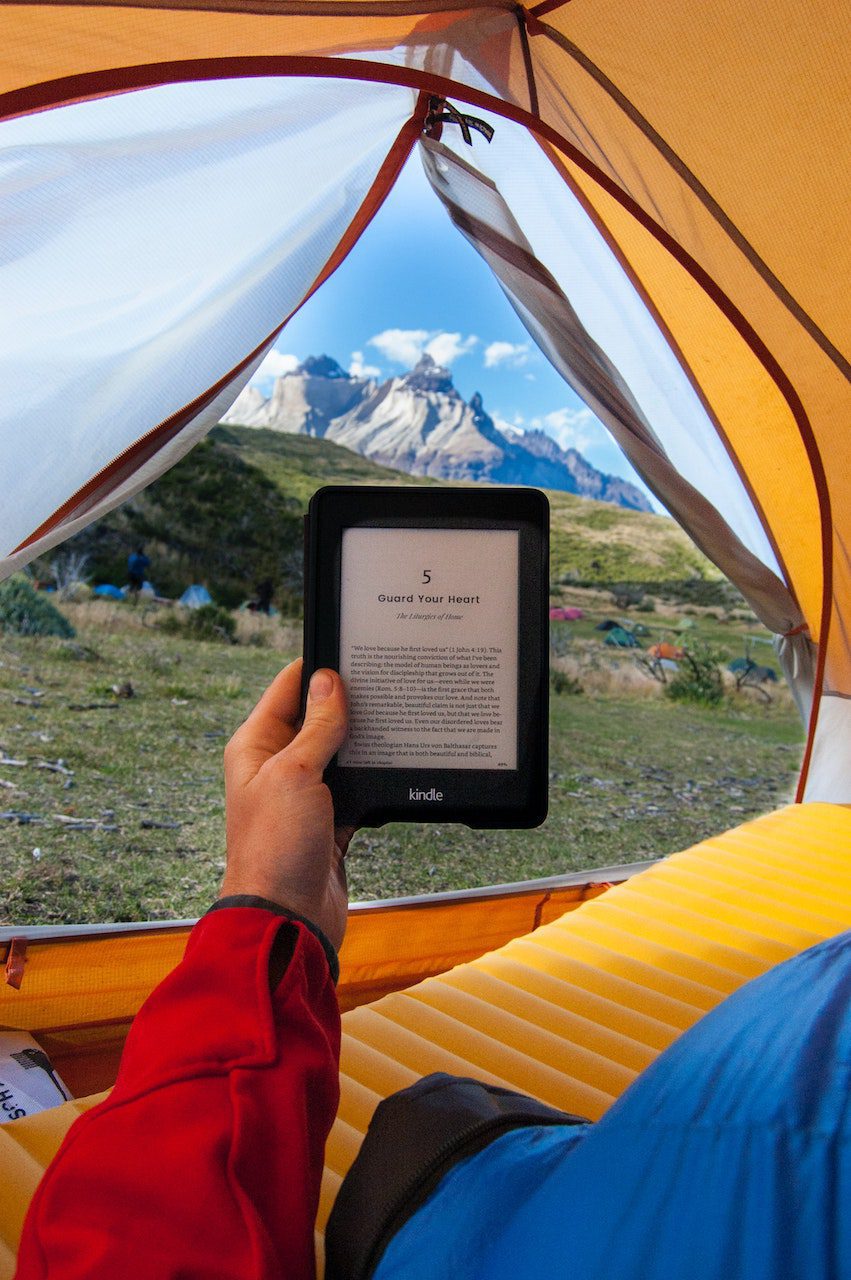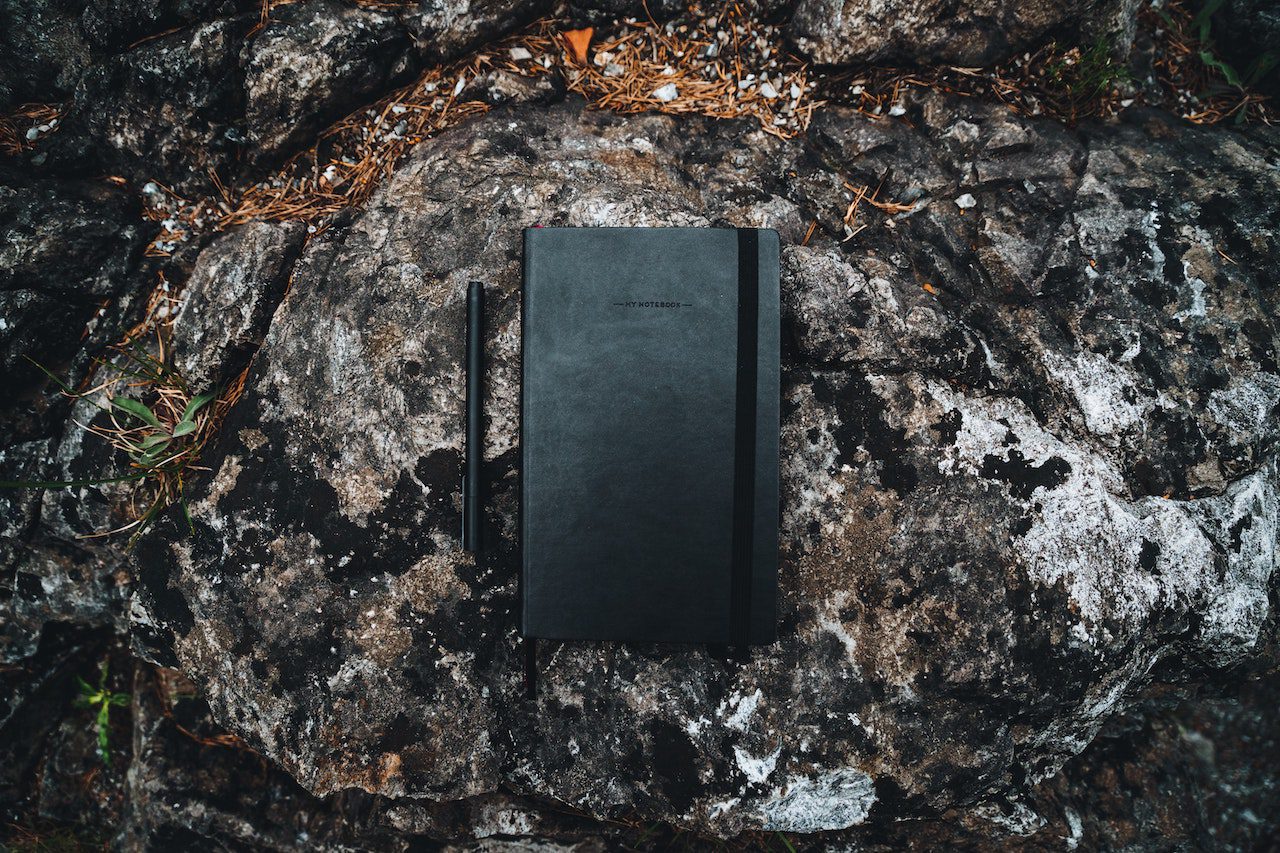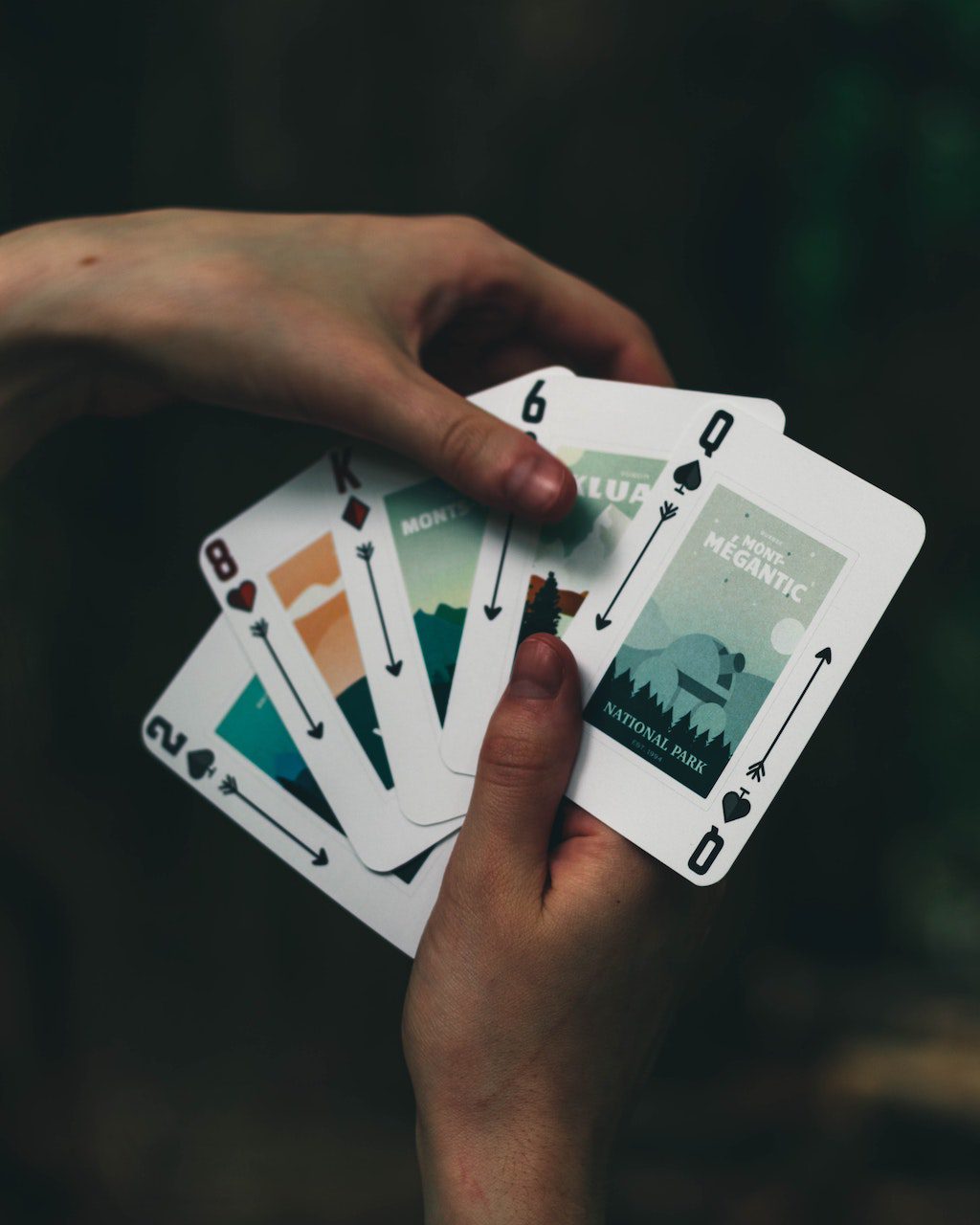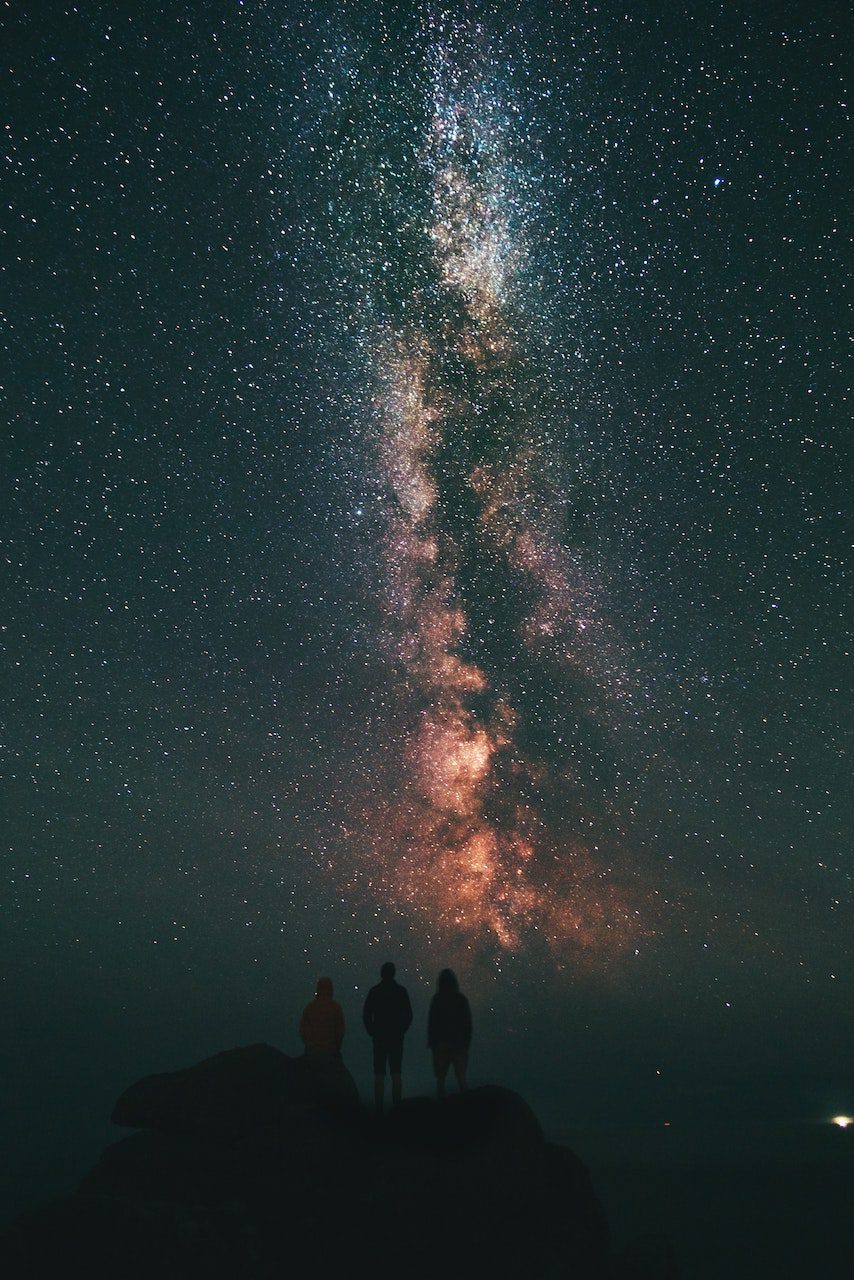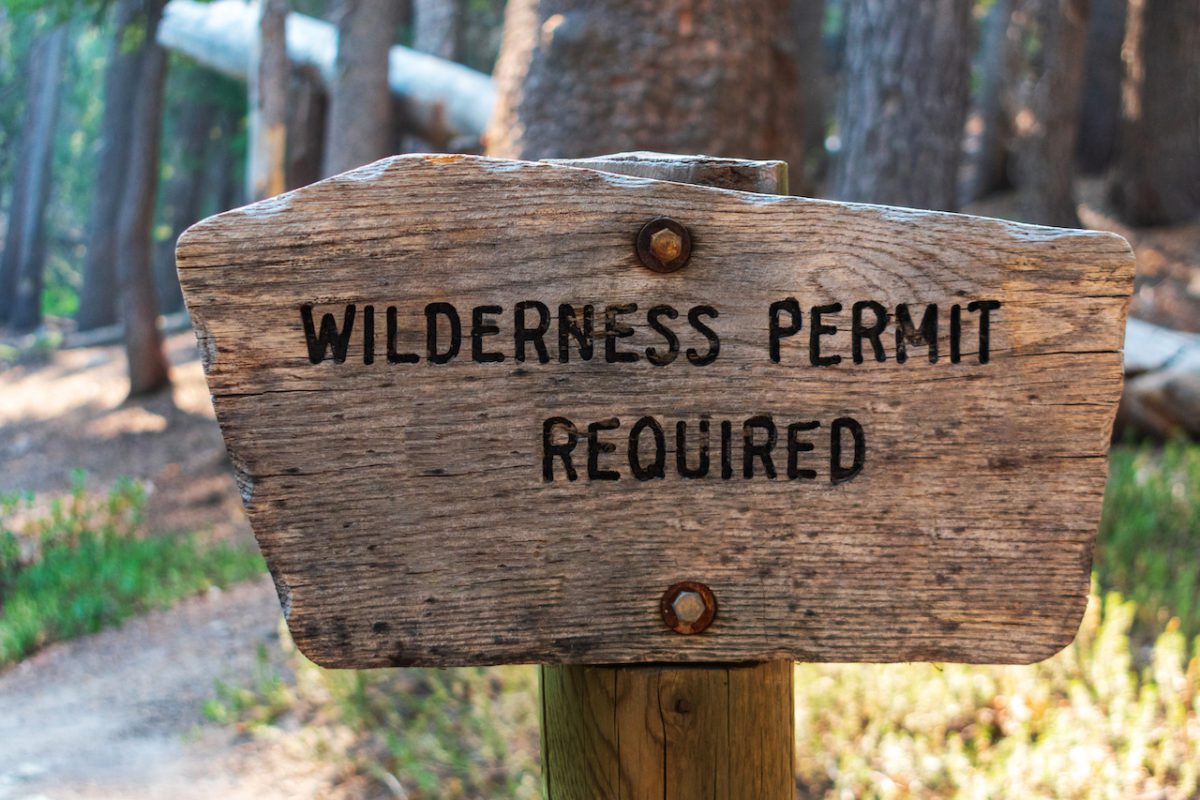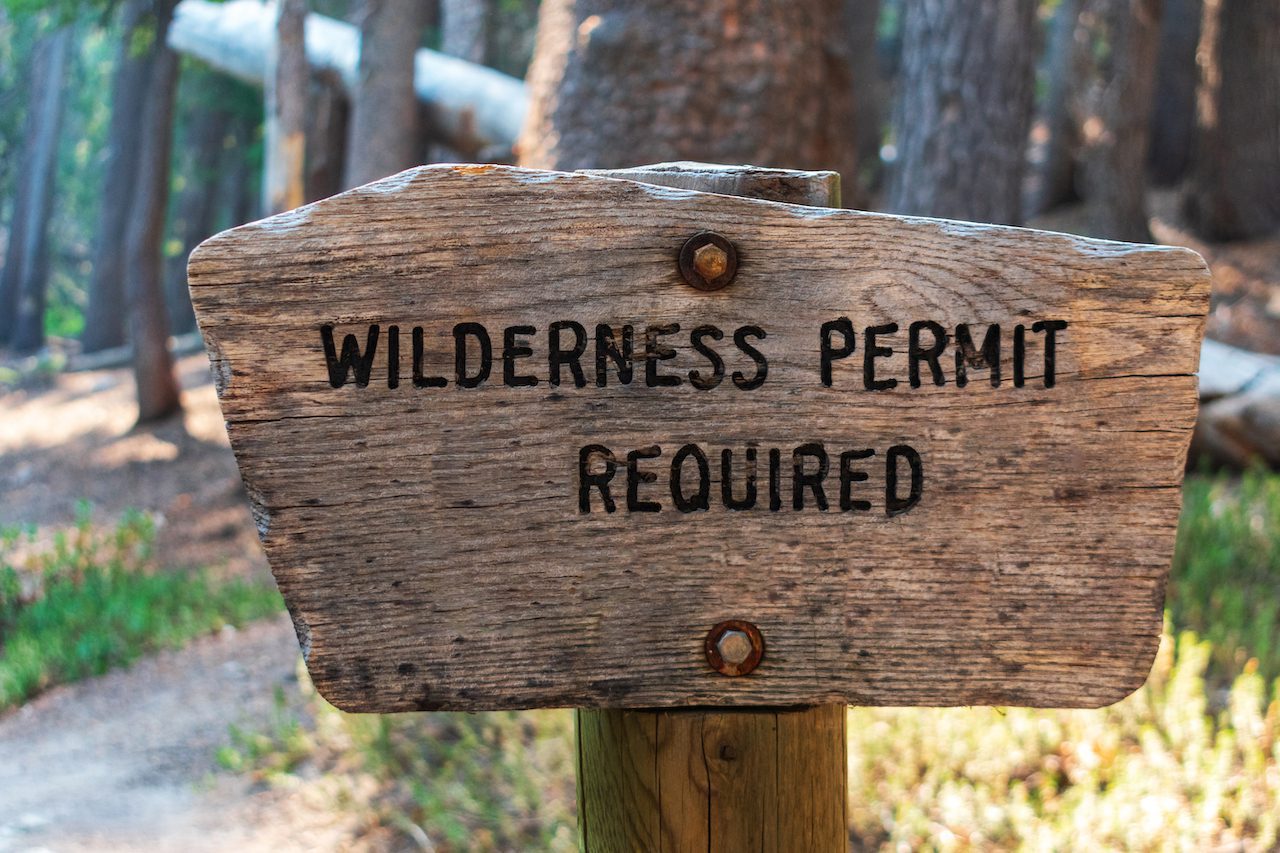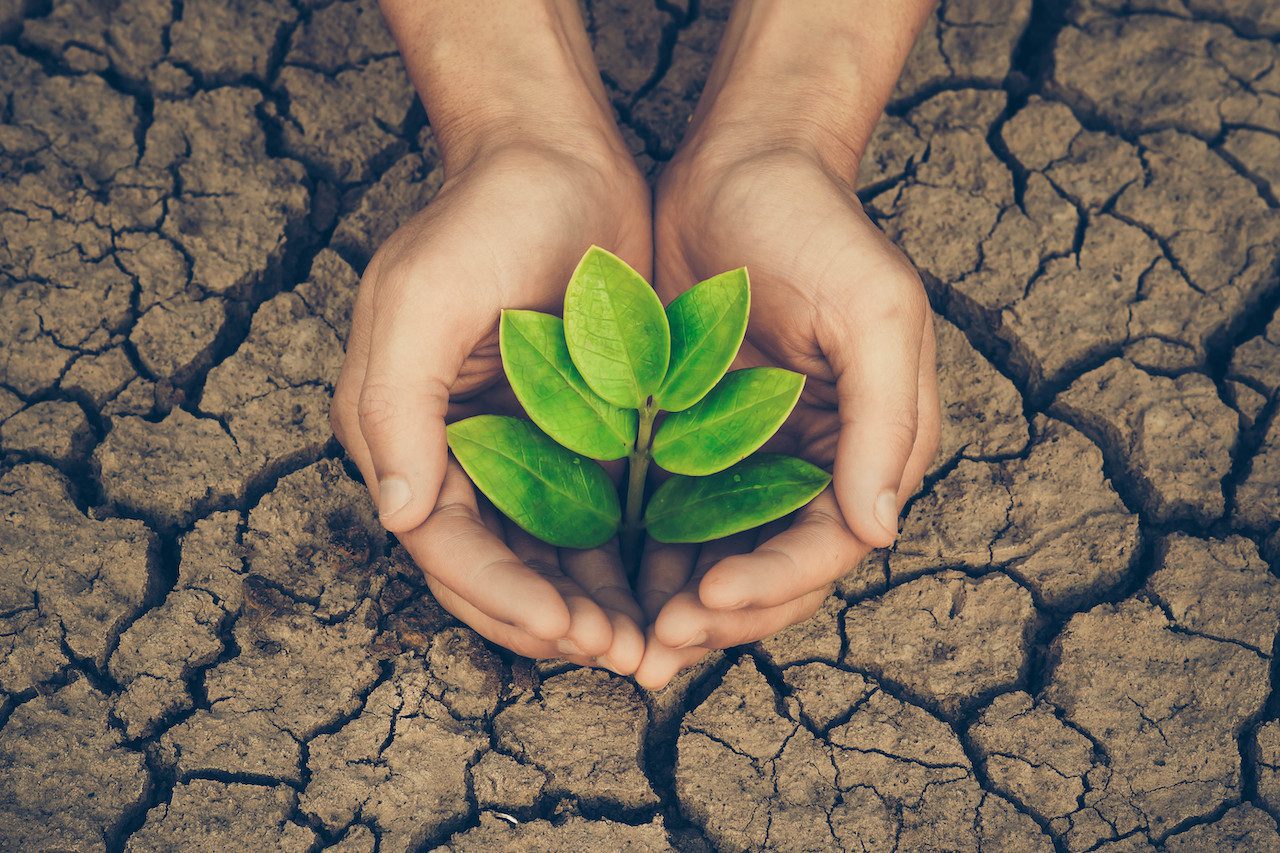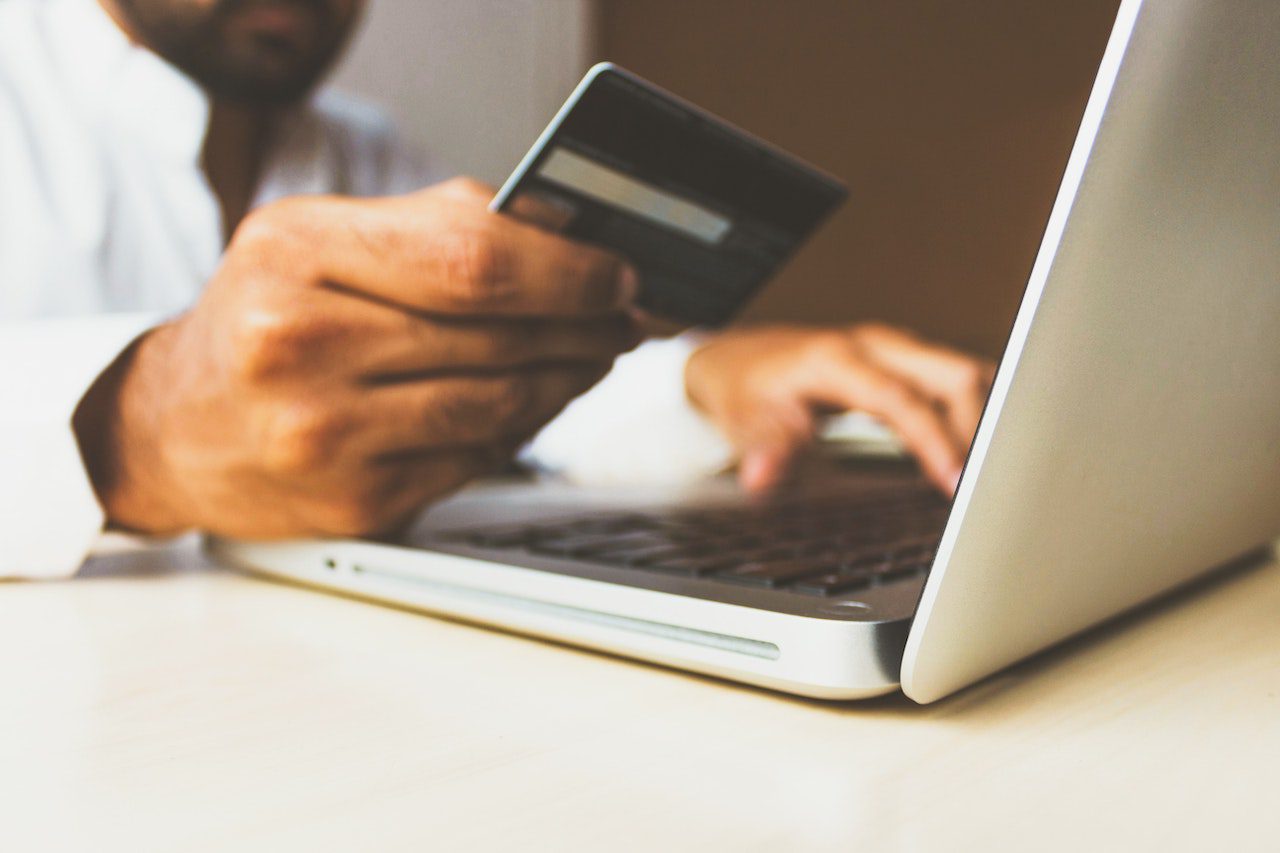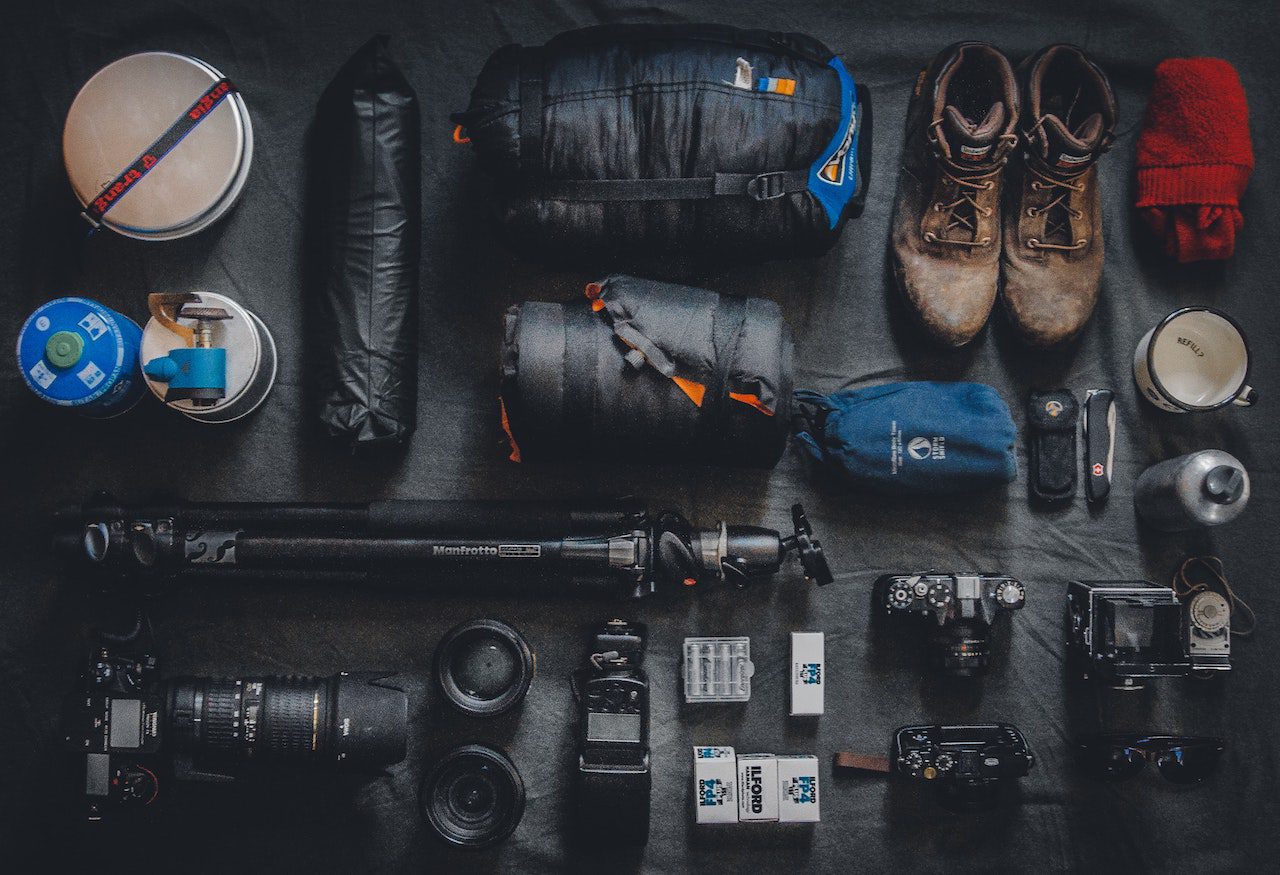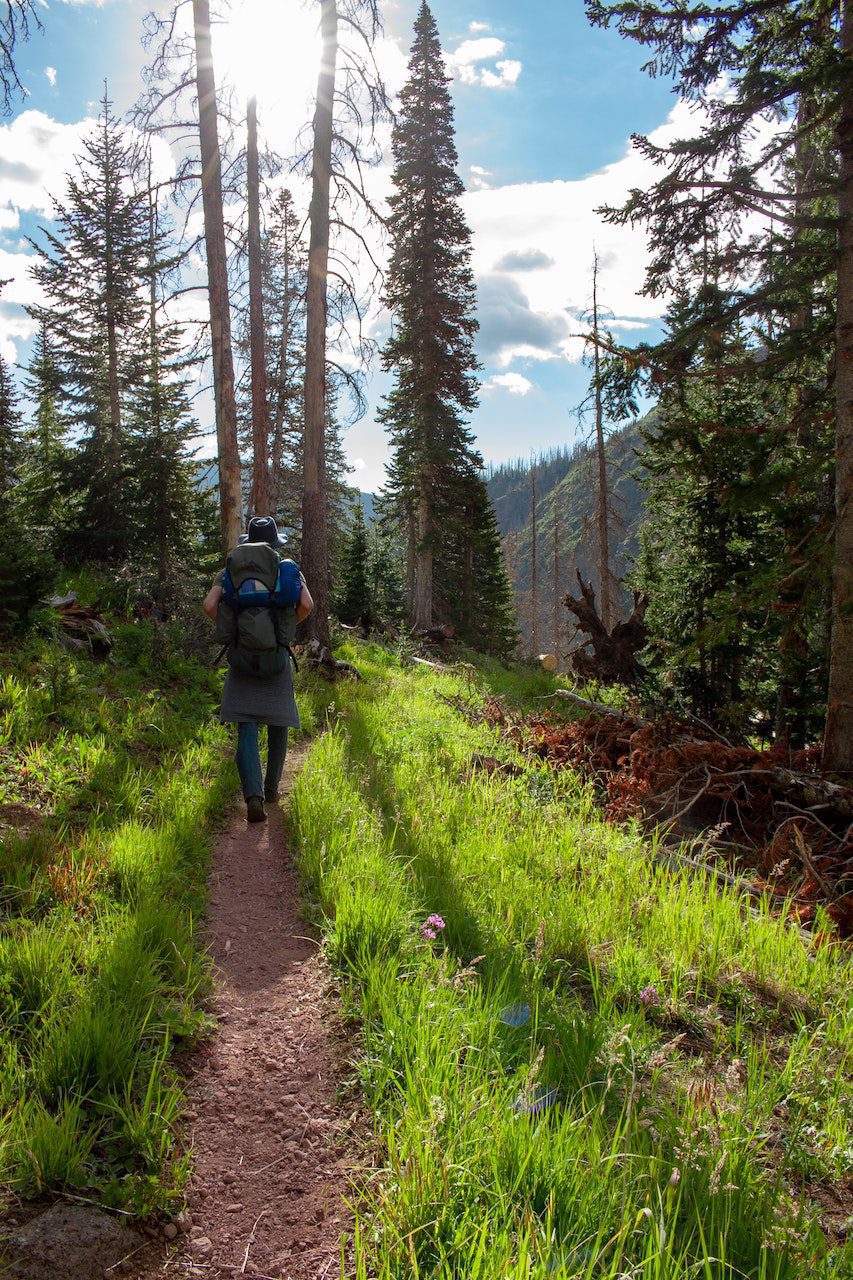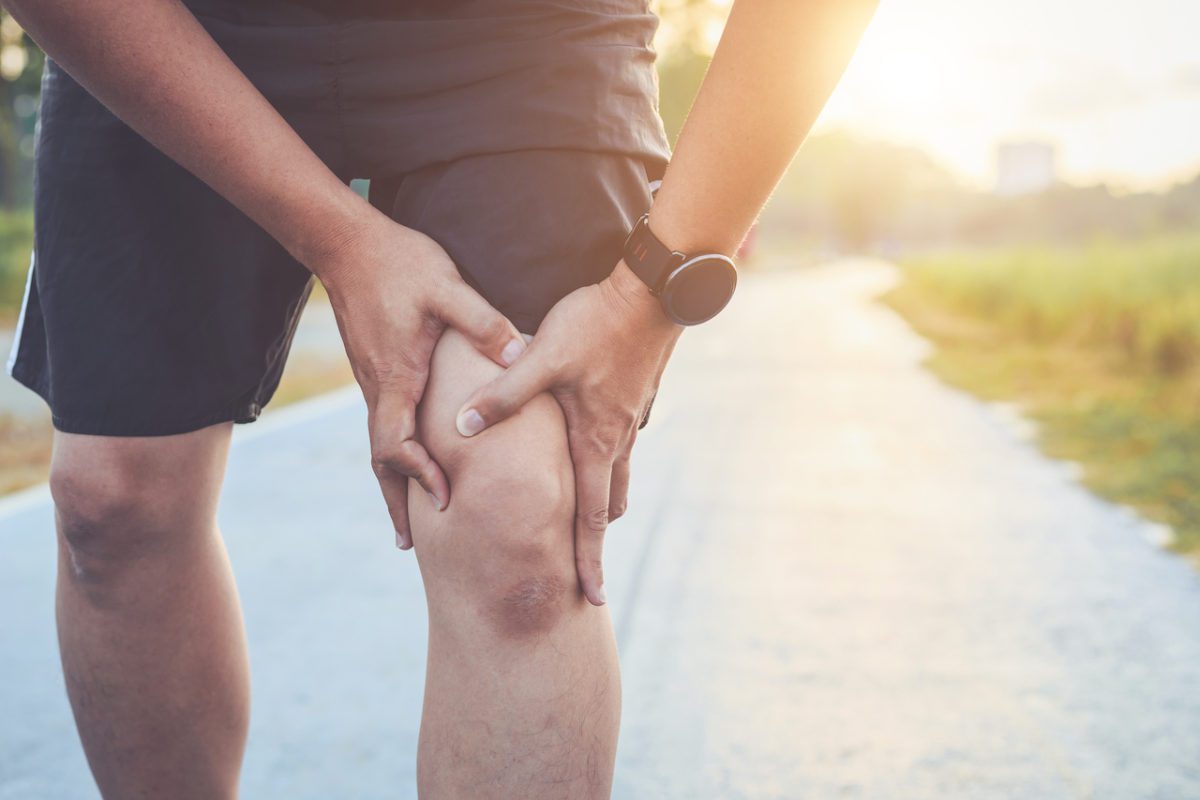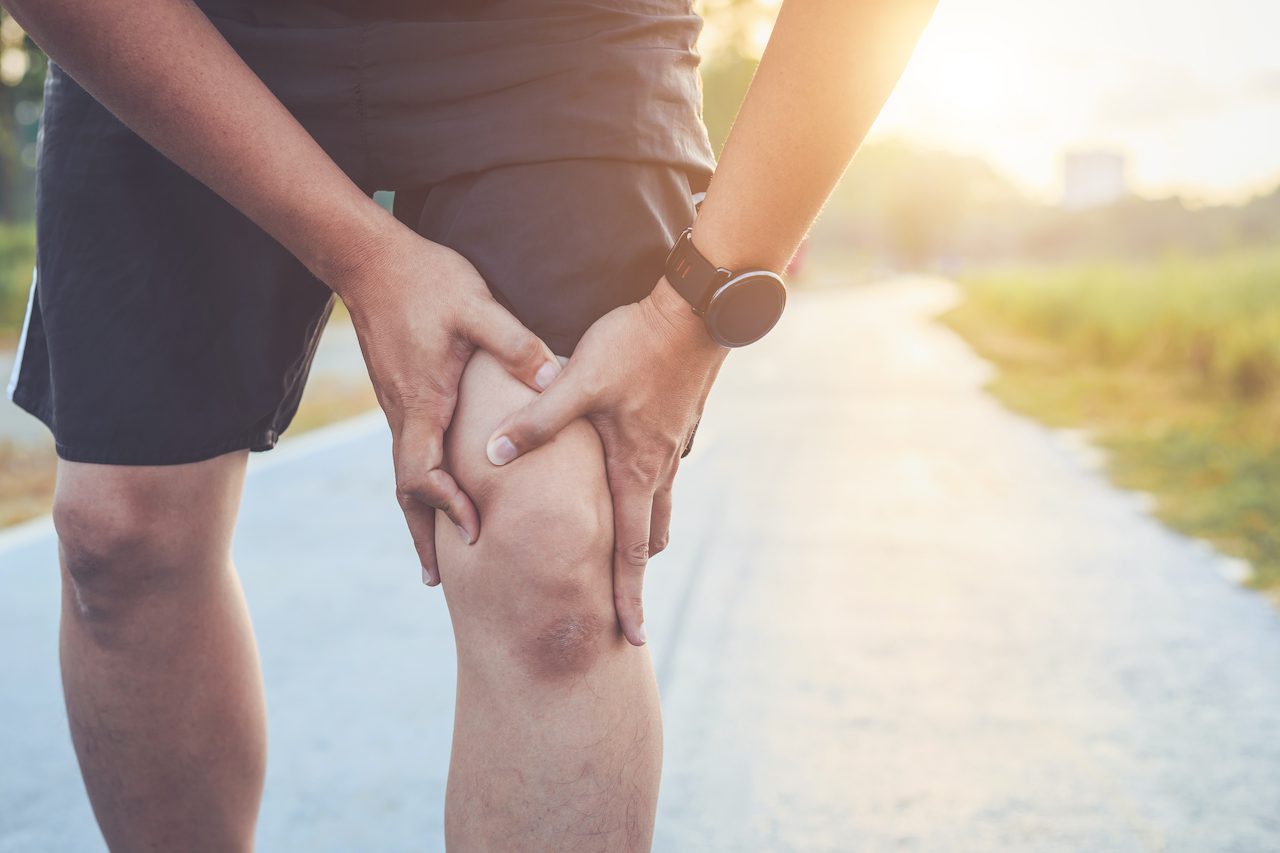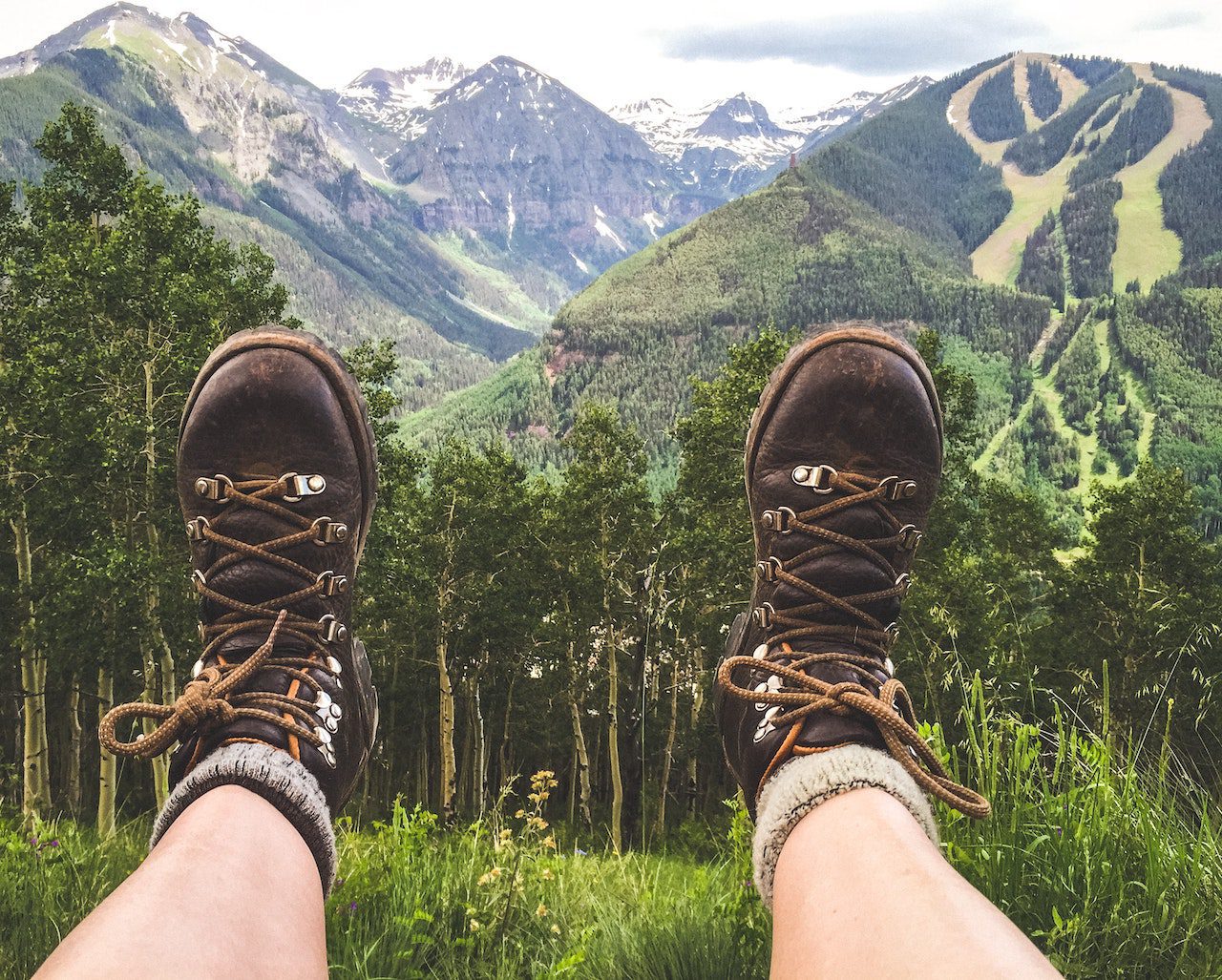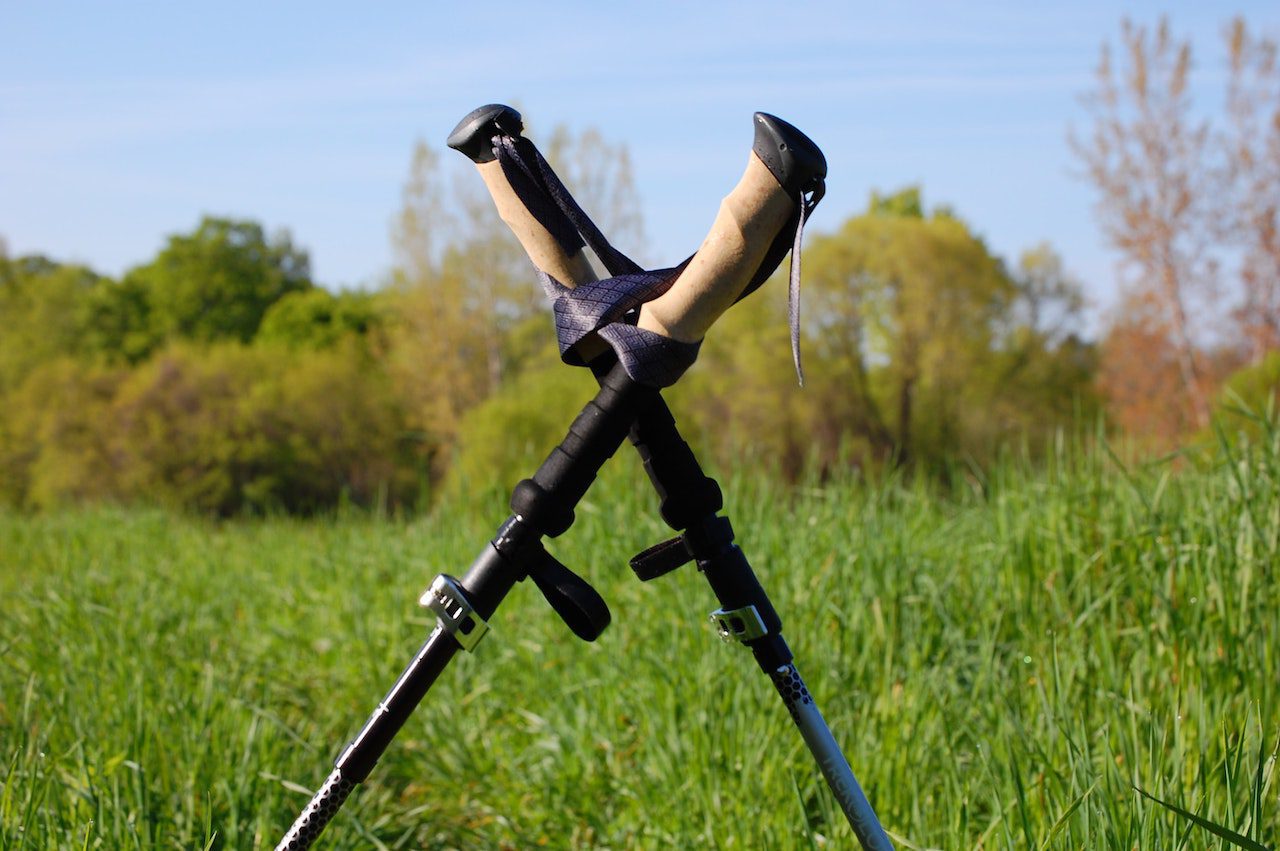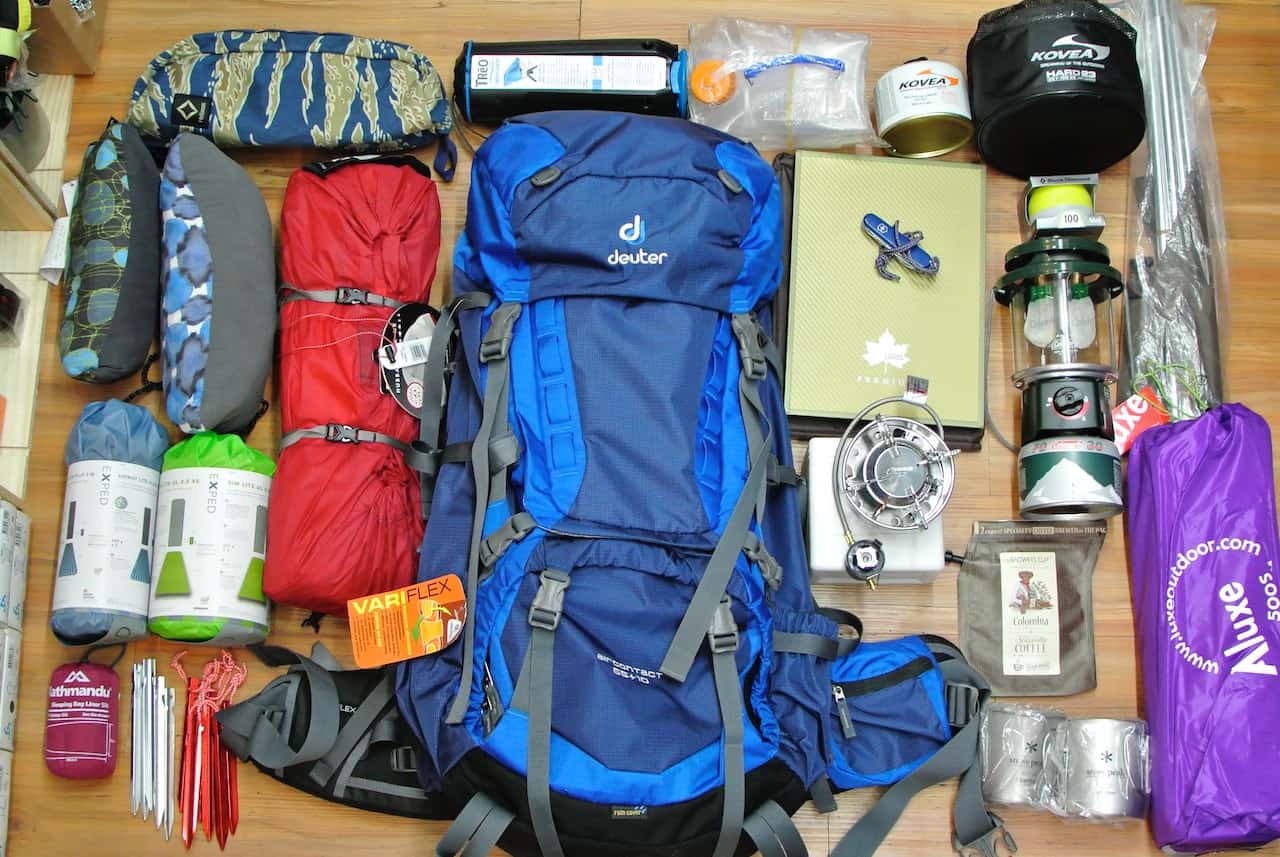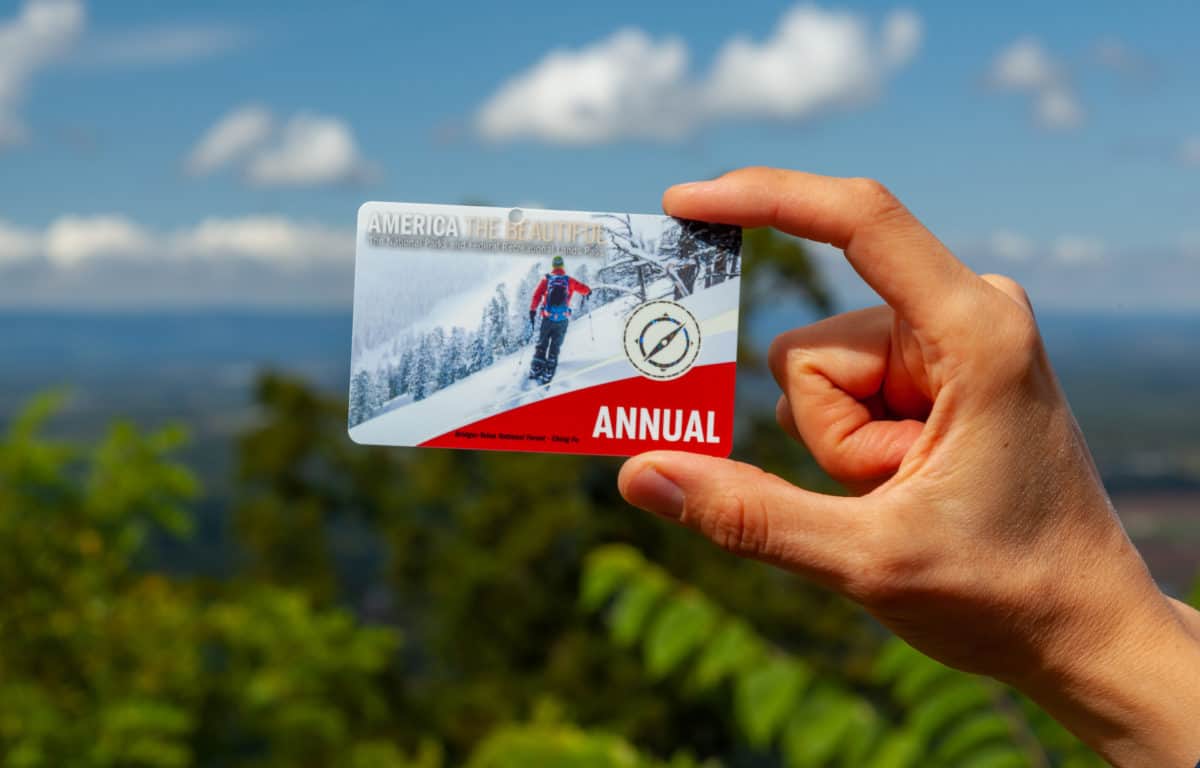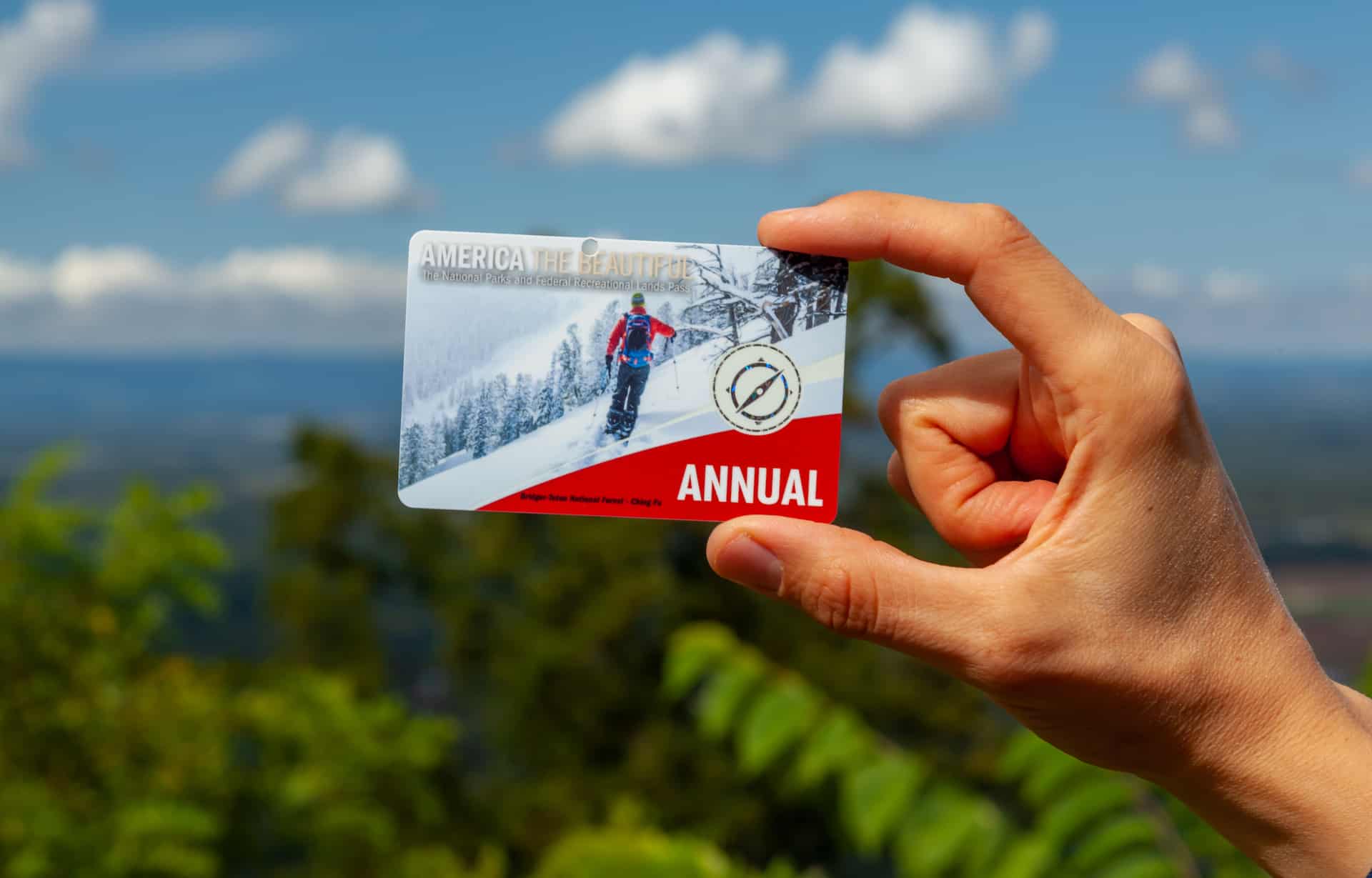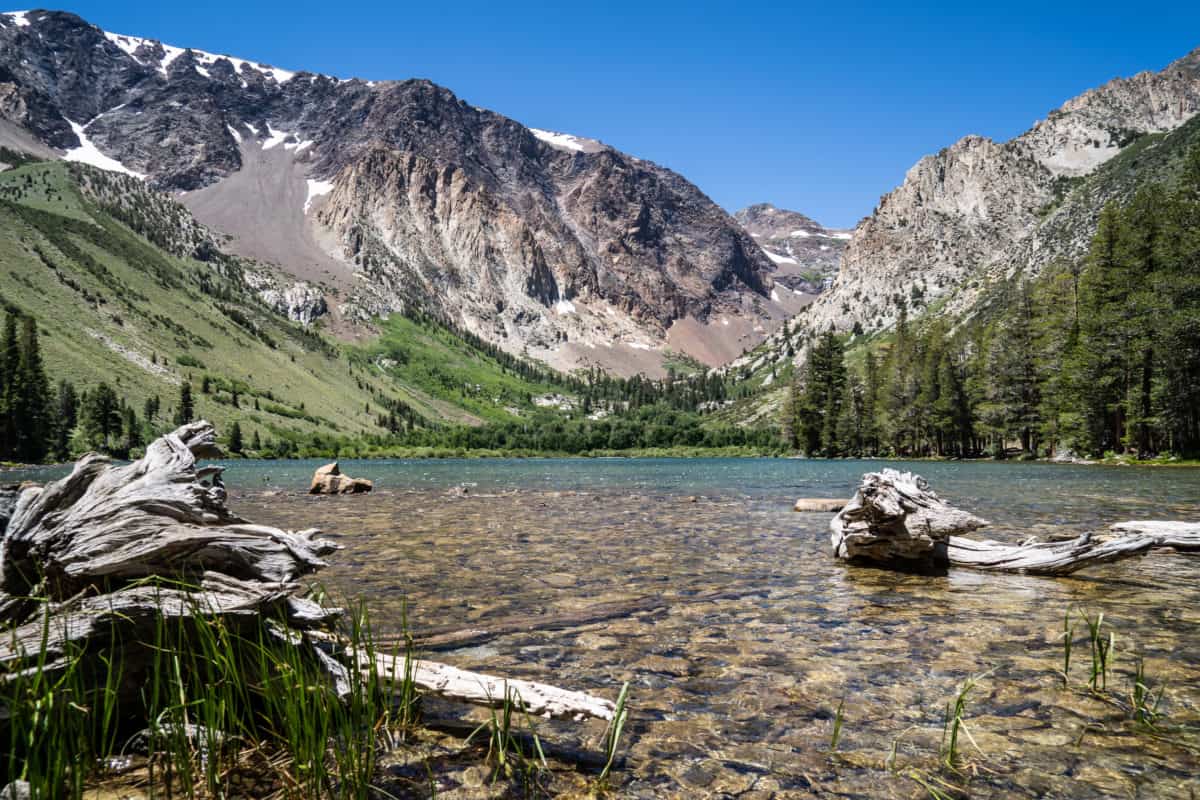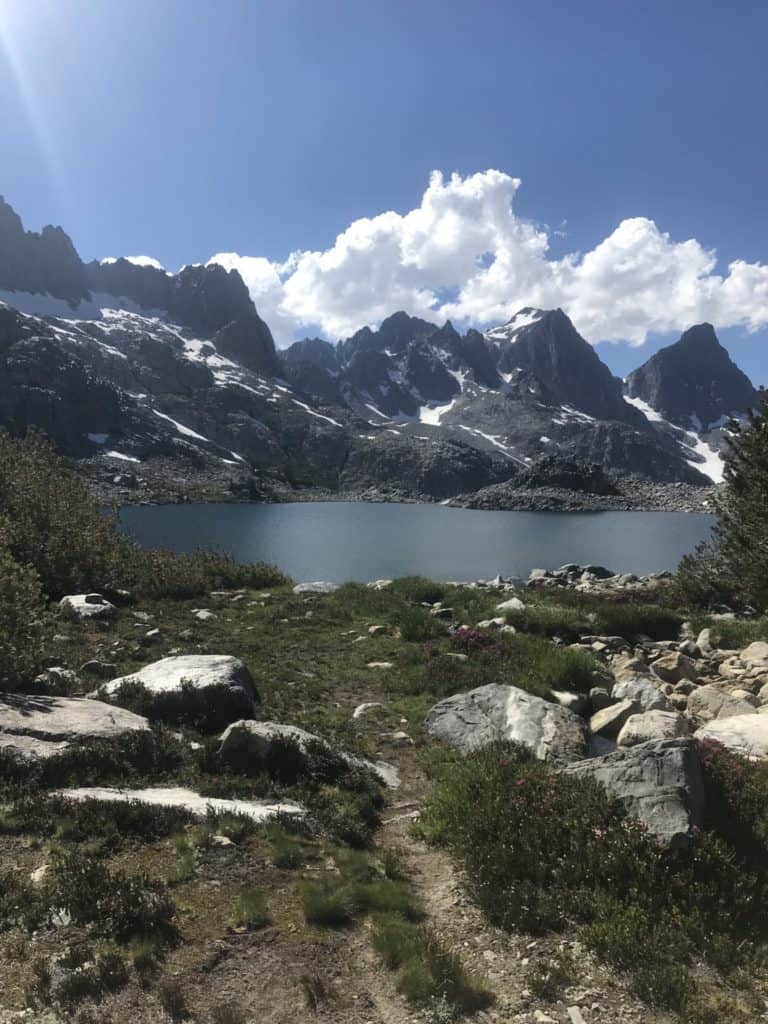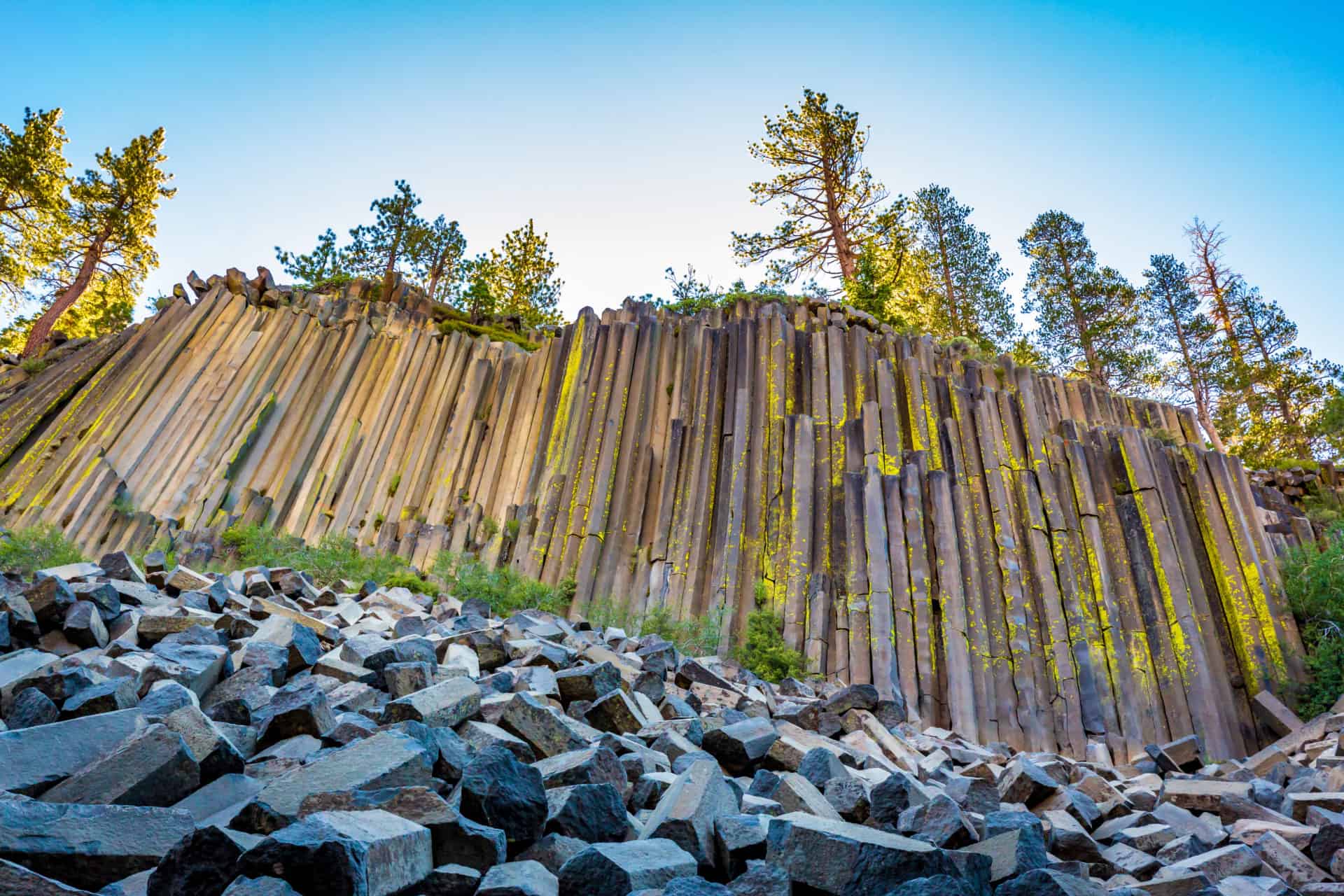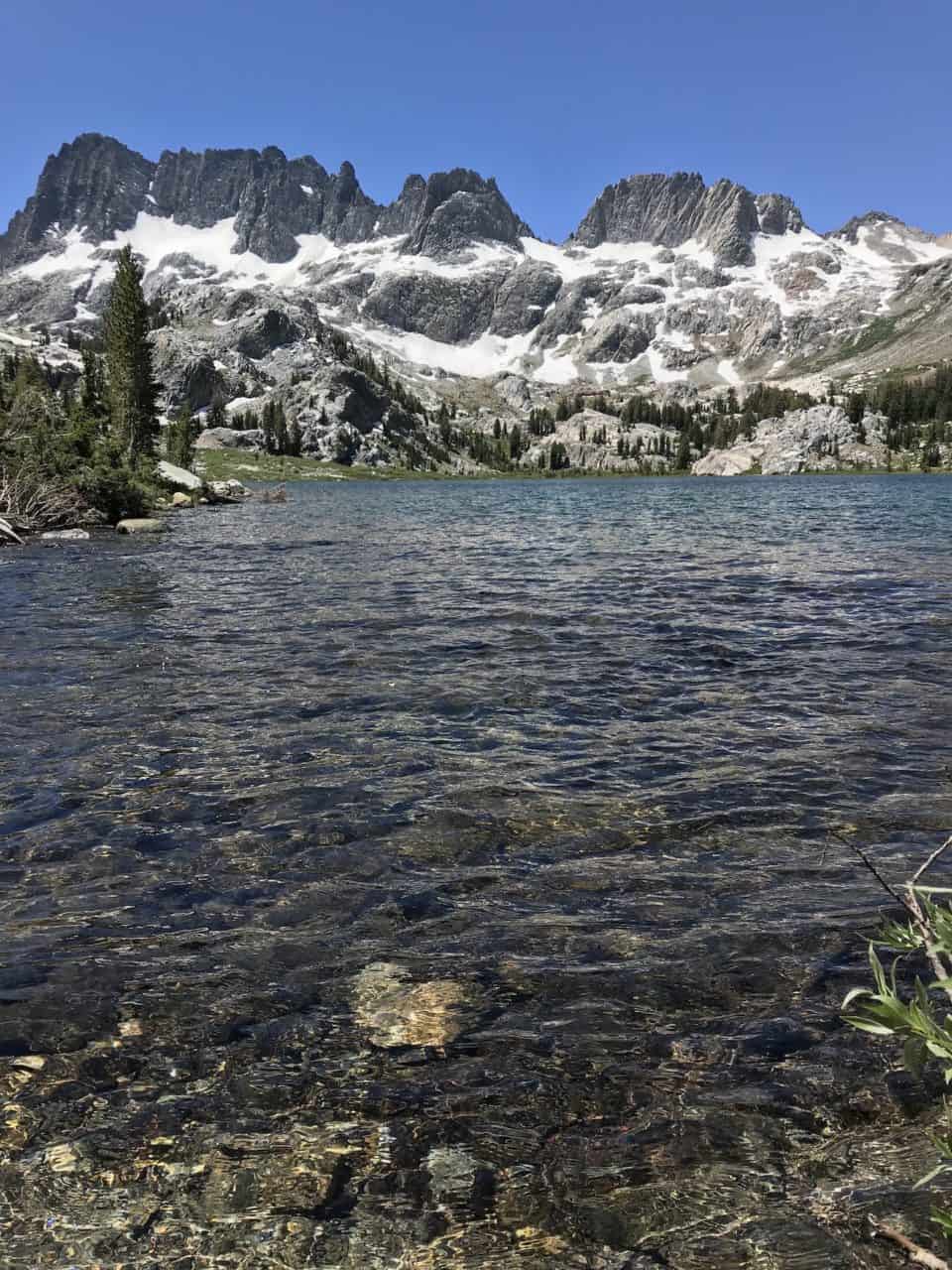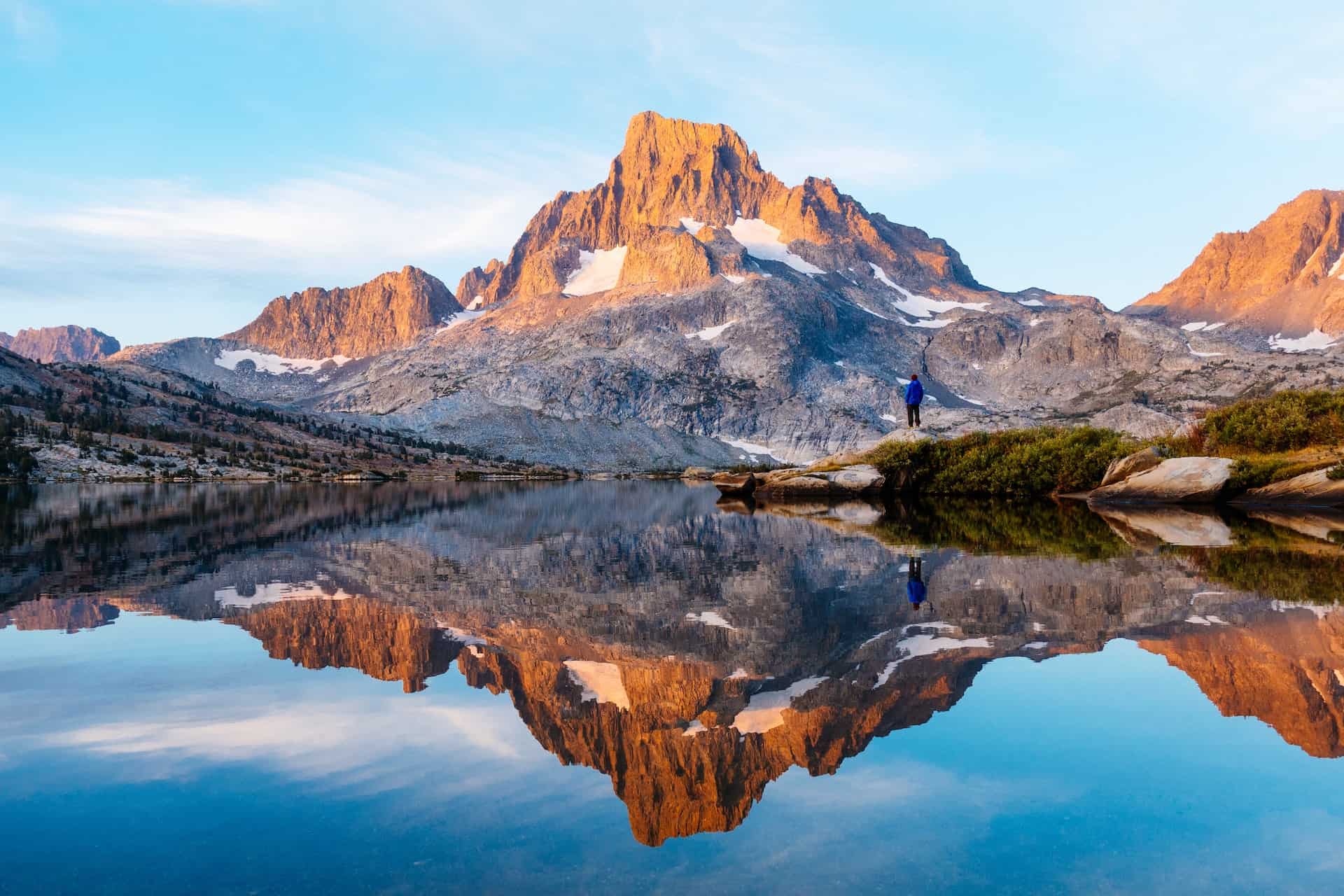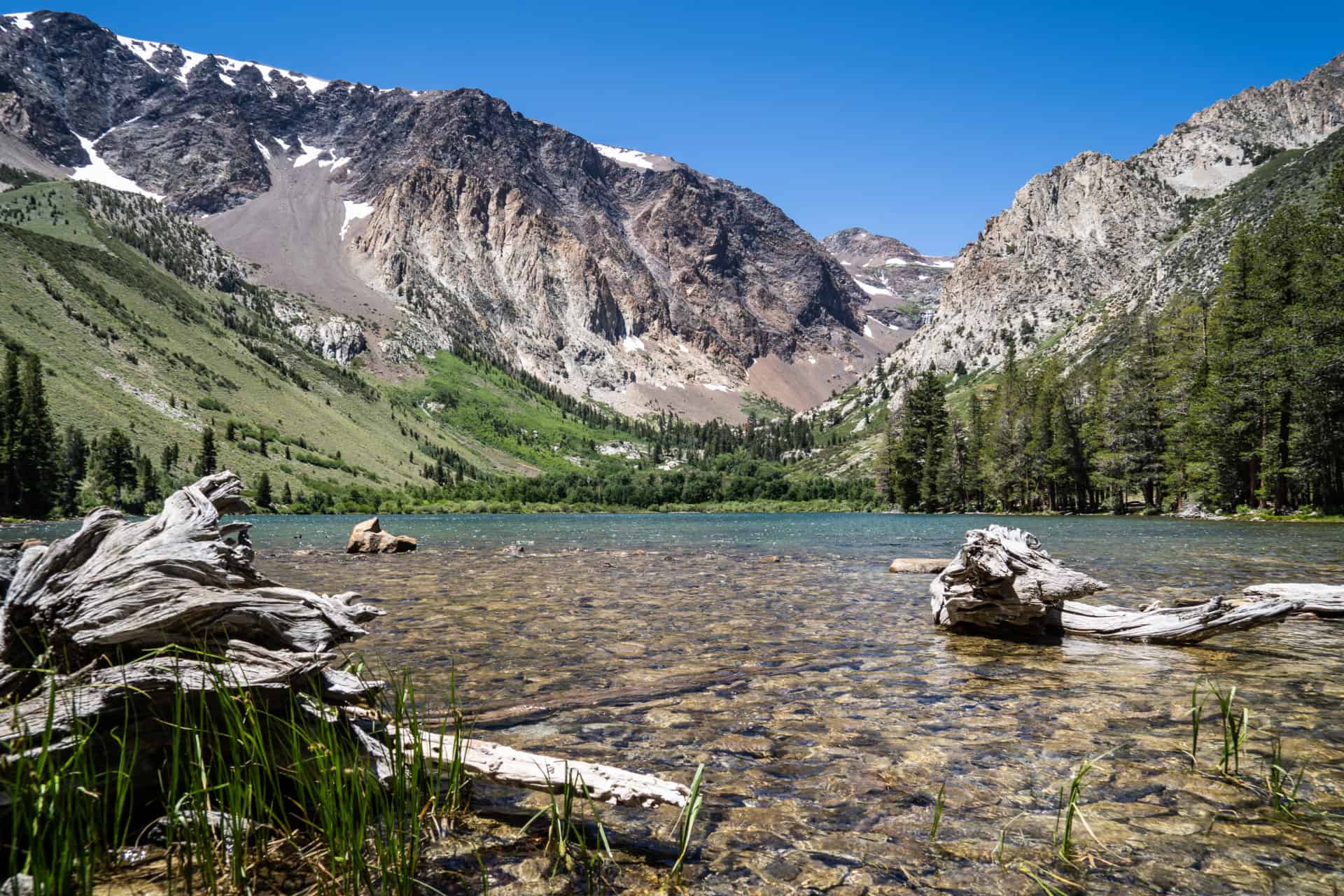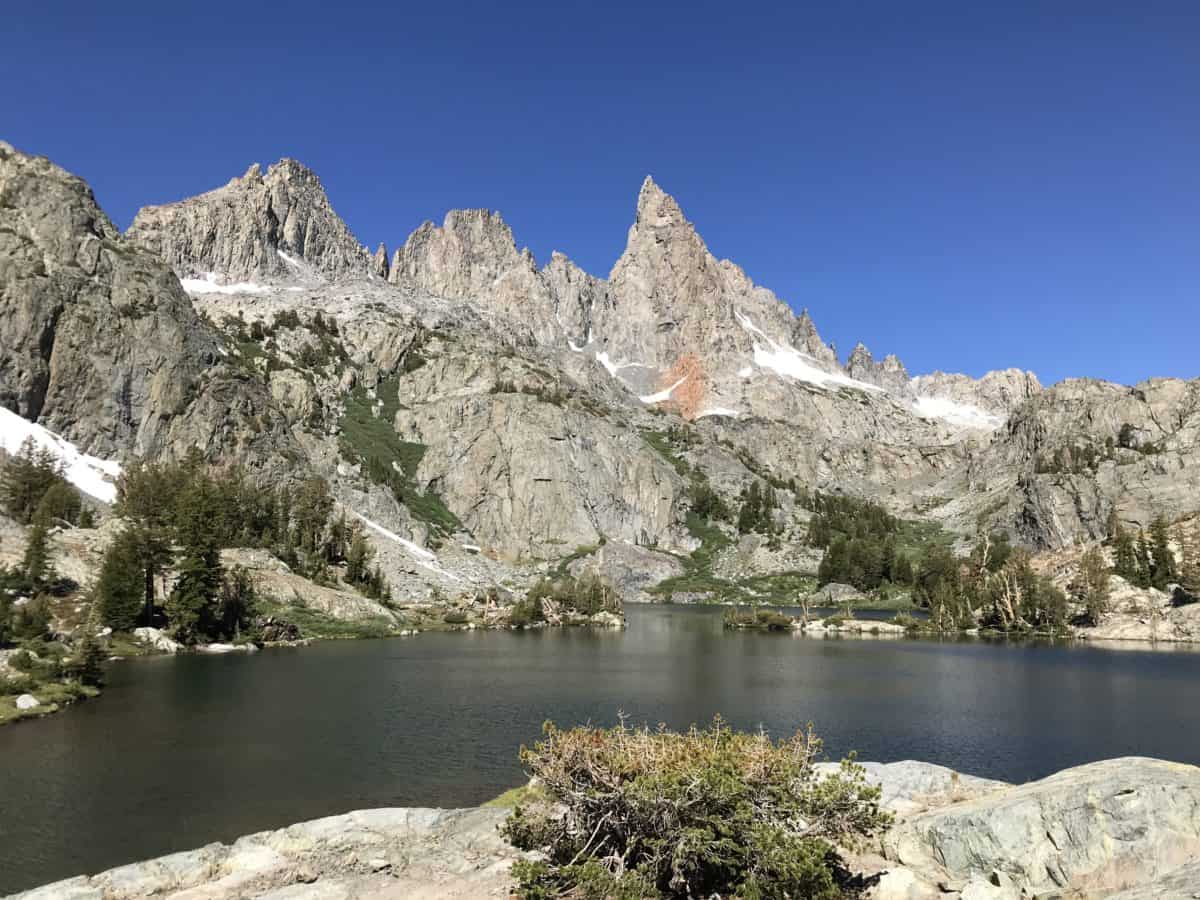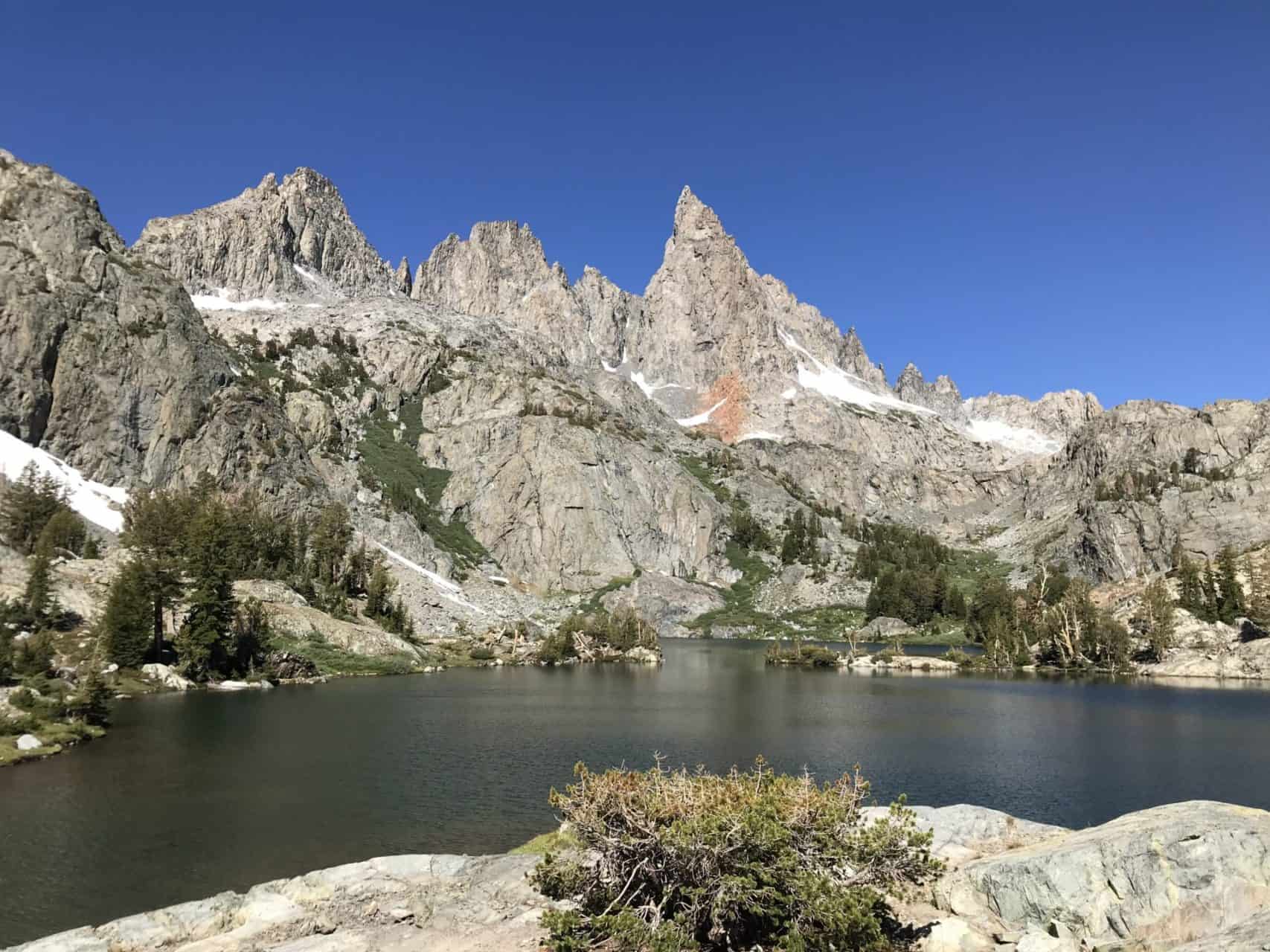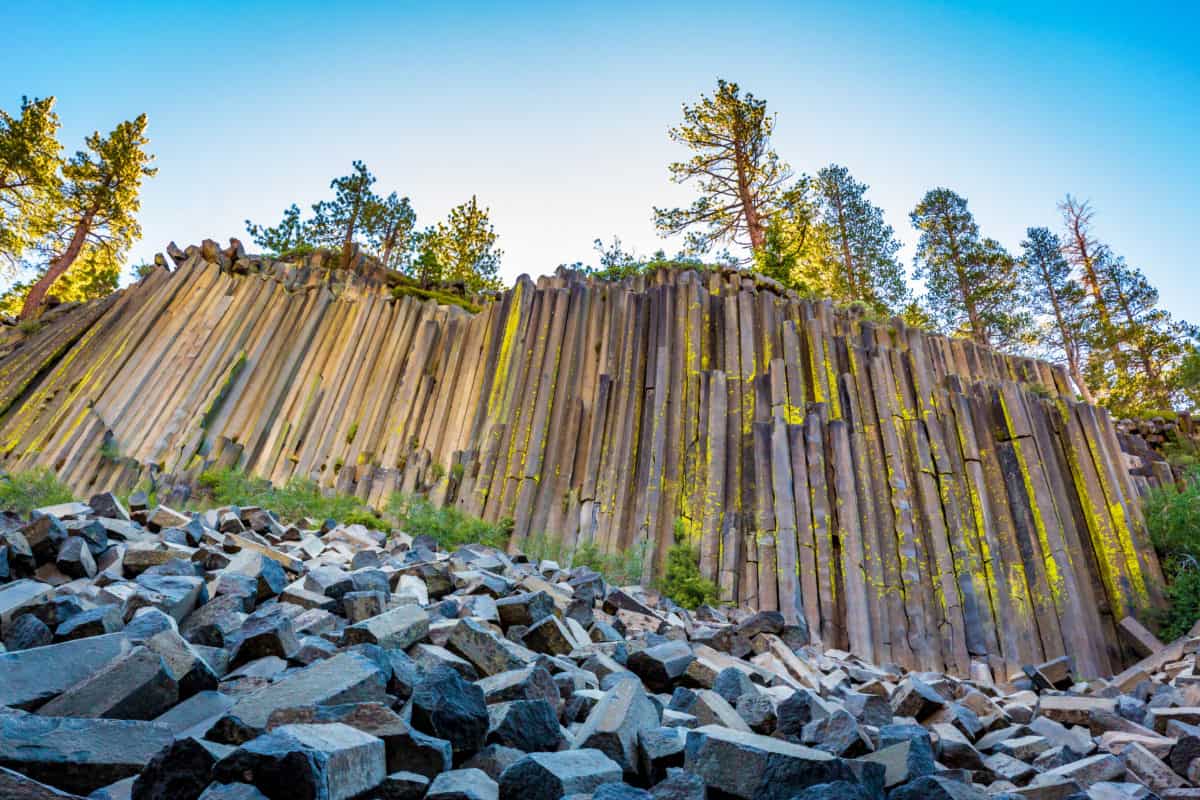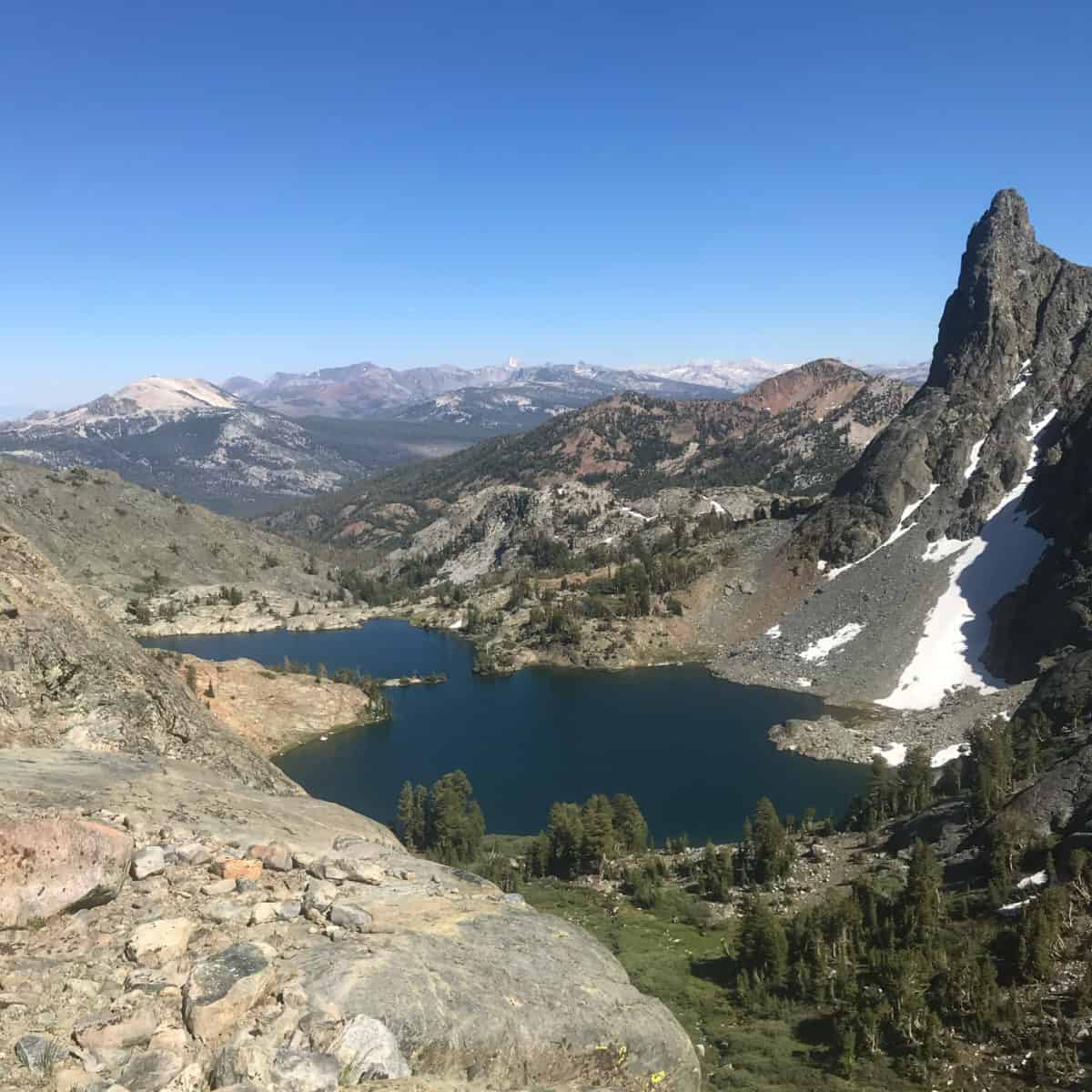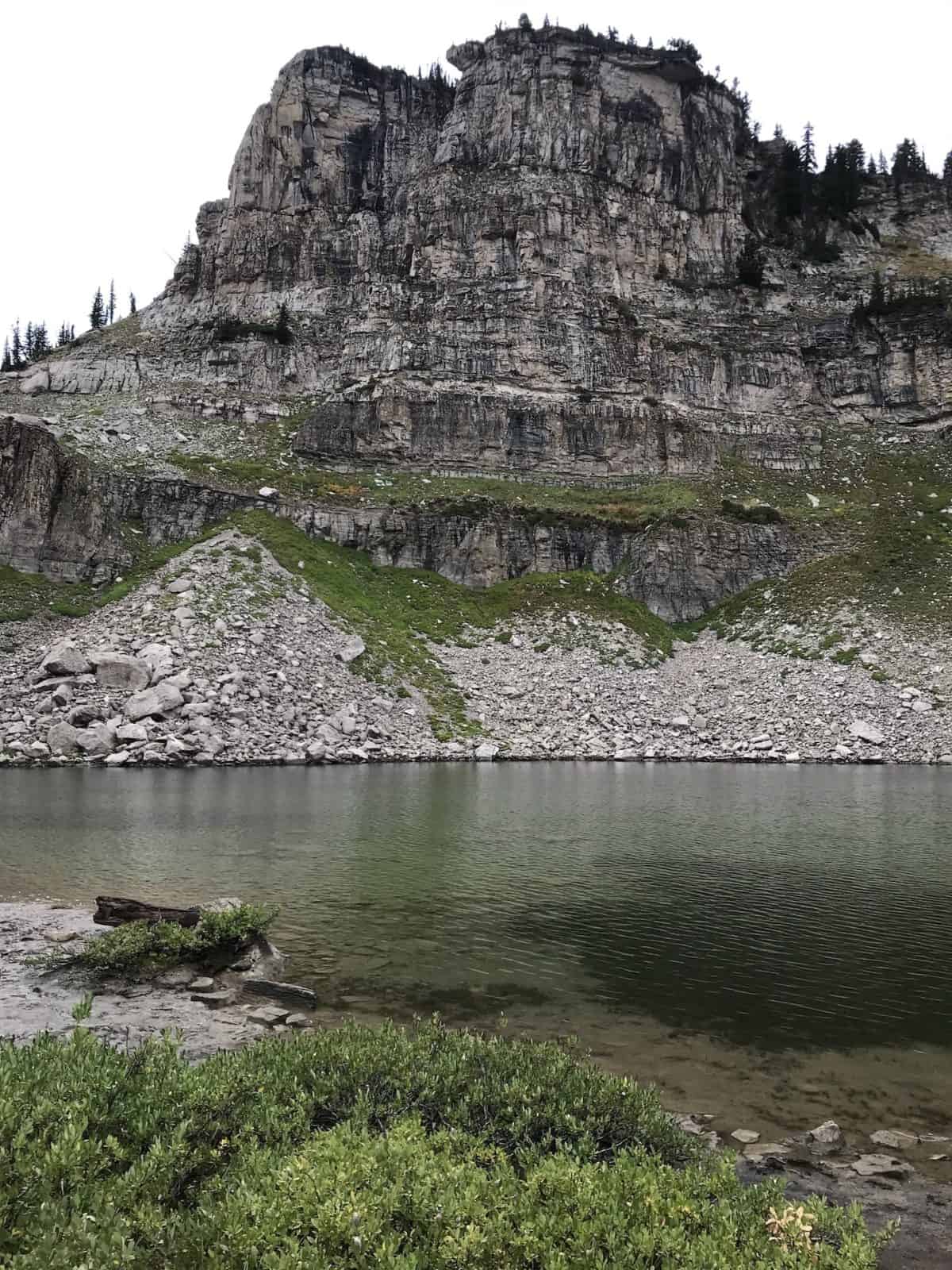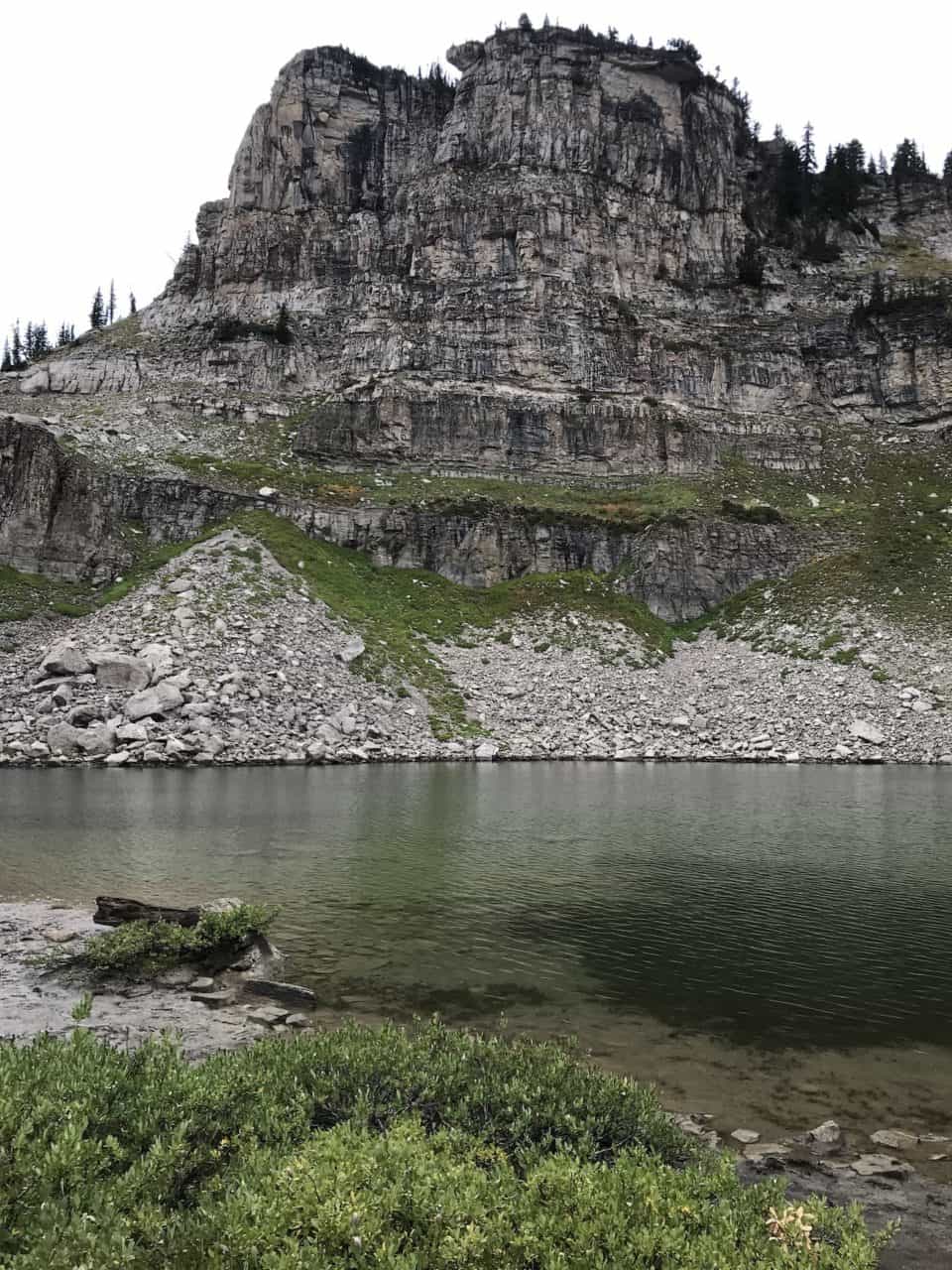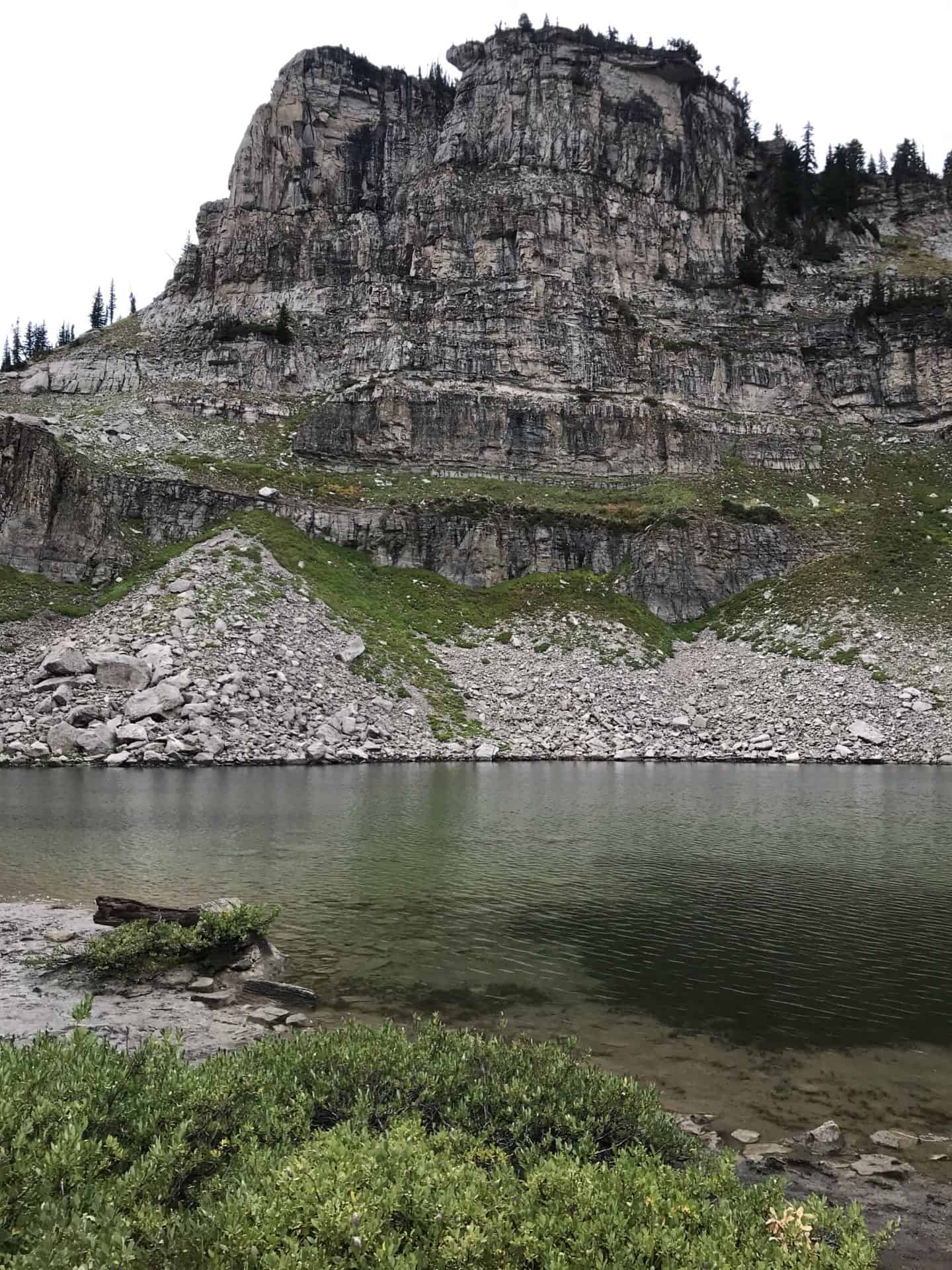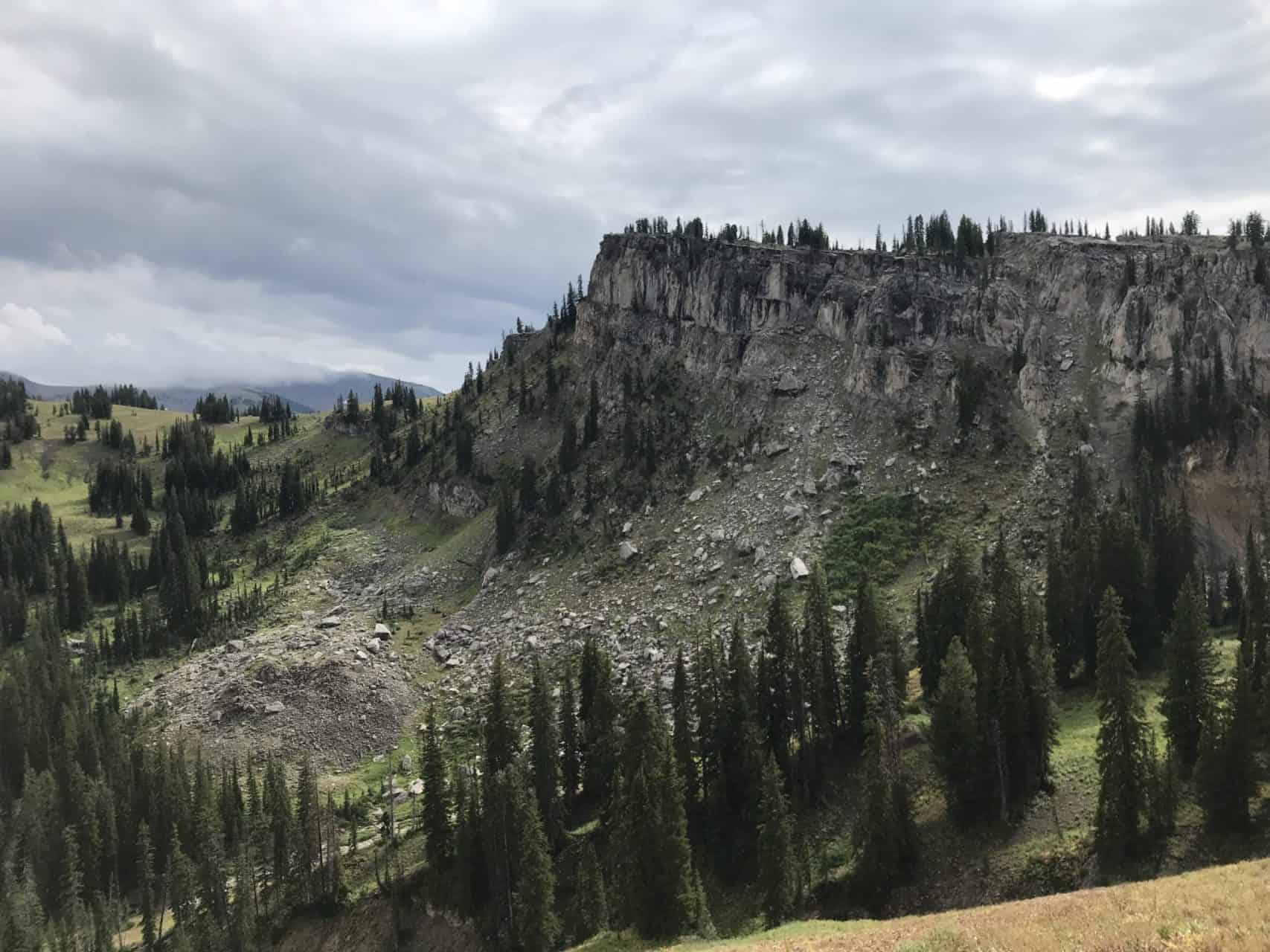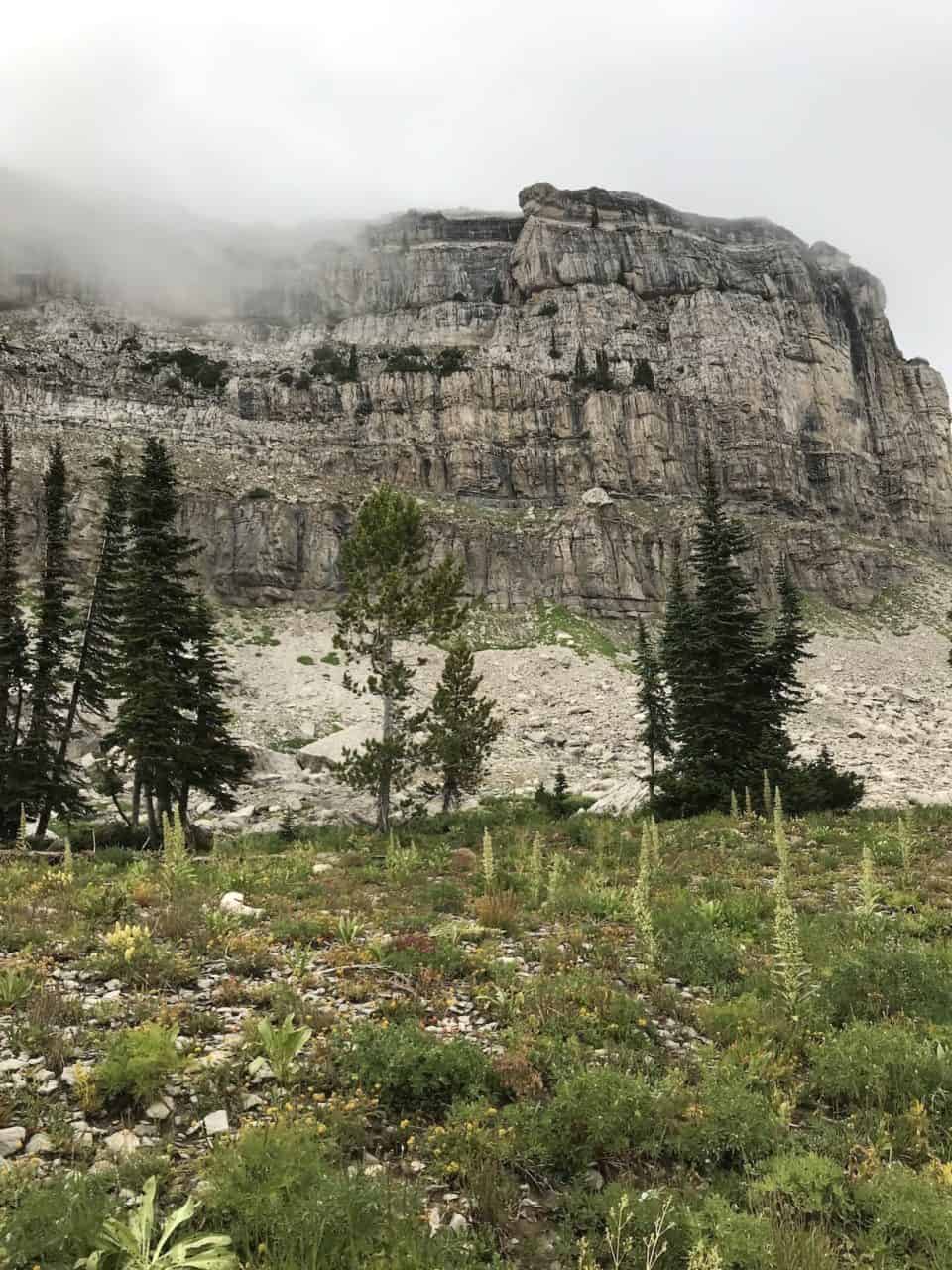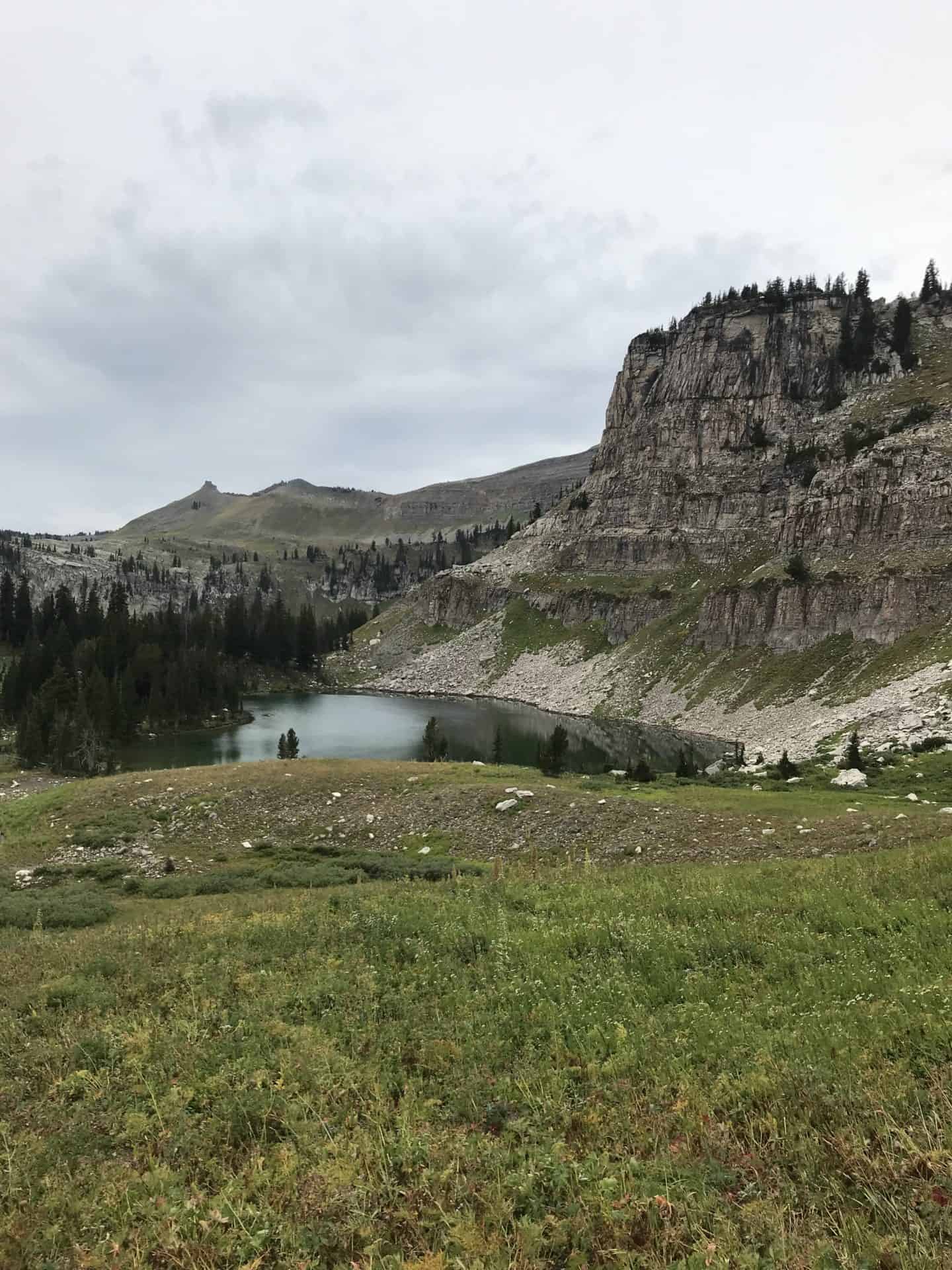Is A Backpacking Chair Worth It? A Complete Guide
What Is A Backpacking Chair?
Backpacking chairs are lightweight, foldable chairs that are an added luxury when taking a load off while camping. These are not to be confused with camping chairs which are typically larger and bulkier (are seen in the cover photo above).
For some people, this is a must-have when on the trail, and for others, it is, to put it bluntly, is a massive waste of space and money. The decision to purchase one all depends on what type of trip you are going on and who you are as a hiker (if you don’t know the difference between car camping and backpacking, click here). For me, I do not find it to be worth the money, mainly because many of my trips consist of backpacking, and I do not see the value in spending over a hundred dollars on a piece of equipment that I would only use a small fraction of the day.
To help you guys decide for yourselves, we will go over the use of backpacking chairs for both car camping and backpacking.
Backpacking Chairs For Car Camping:
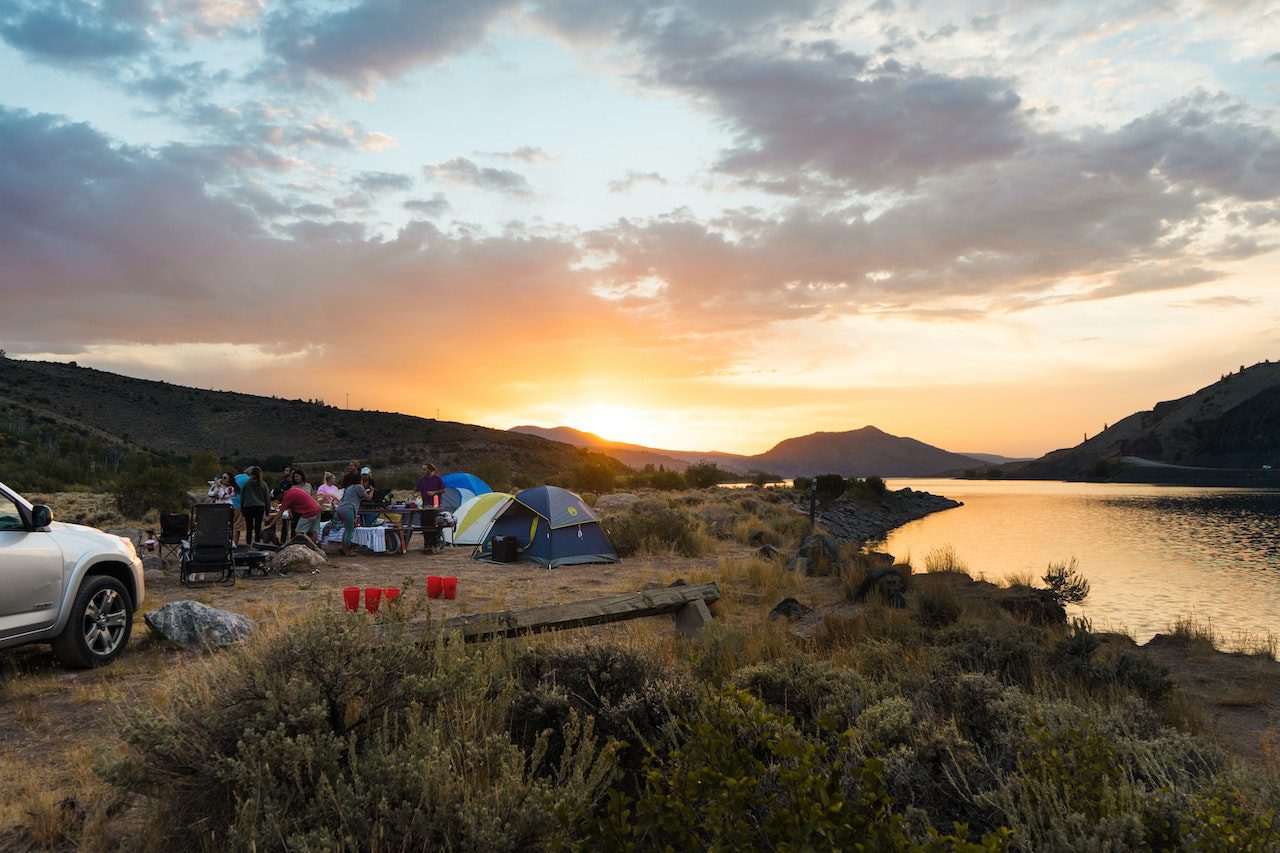
With car camping, people typically spend more time around the camp, making camp luxuries very convenient, and a great chair is no exception. Especially if you are at a front country campsite without picnic tables or benches, backpacking or camping chairs can make your time at camp much more comfortable.
If you are debating between getting camping or a backpacking chair, it is no contest. Get the camping chair. Since your car is doing most of the heavy lifting, you can get away with having a larger and more comfy chair, so you might as well use one! A backpacking chair would work as well, but they are typically smaller and more expensive, so I would recommend sticking with a camping chair since you do not need something ultralight for car camping.
If you are looking for a camping chair to buy for your next trip, check these out!
Backpacking Chairs For Backpacking:
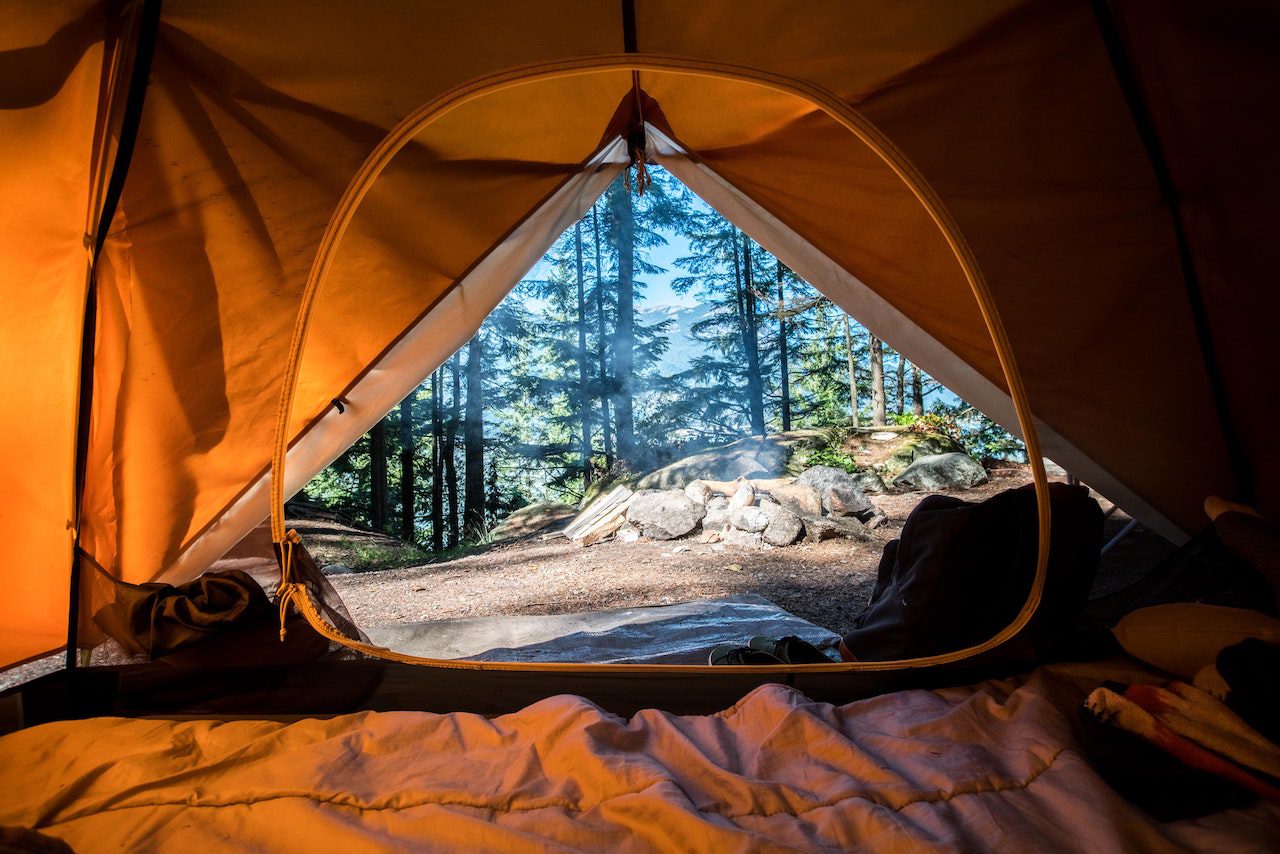
Despite the name, I am firmly against using a backpacking chair when on the trail for many reasons, some including price, packability, and functionality.
If you even want to consider using one of these, you need to purchase a high-end one. Typically these fall in the price range of greater than a hundred dollars. These chairs are usually made of lighter materials and can pack down to significantly more than a standard camping chair.
The issue I have with purchasing one of these chairs is that although they can pack down relatively well, there are so many alternatives that you can use for simply sitting down at camps, such as a sleeping pad, a hammock, your backpack, or a bear canister. All of these pieces of equipment should already be part of your backpacking gear, so why spend more money on something when you already have gear that can perform the same function.
For me, I do not find the backpacking chair to be worth it when trekking through a park. Like I mentioned, I feel like the little functionality it does provide can be satisfied with other pieces of equipment that should already be part of your backpacking gear arsenal.
Now, if you love your comforts and think that a backpacking chair is for you, I recommend that you check out some of the models below.
Is A Backpacking Chair For You?
At the end of the day, the decision depends on what you prioritize and the type of camper you are. While it is my opinion that purchasing one is unnecessary when going on a backpacking trip, if you enjoy extra comfort and are willing to sacrifice some space and a lighter pack, go for it. If you are a car camper, I think buying a camping chair would be worth it since, as I mentioned, you will be spending much more time in camp and it would be worth it to buy something that can provide more comfort. If you want to see more of our backpacking gear recommendations, check out our backpacking gear blog!

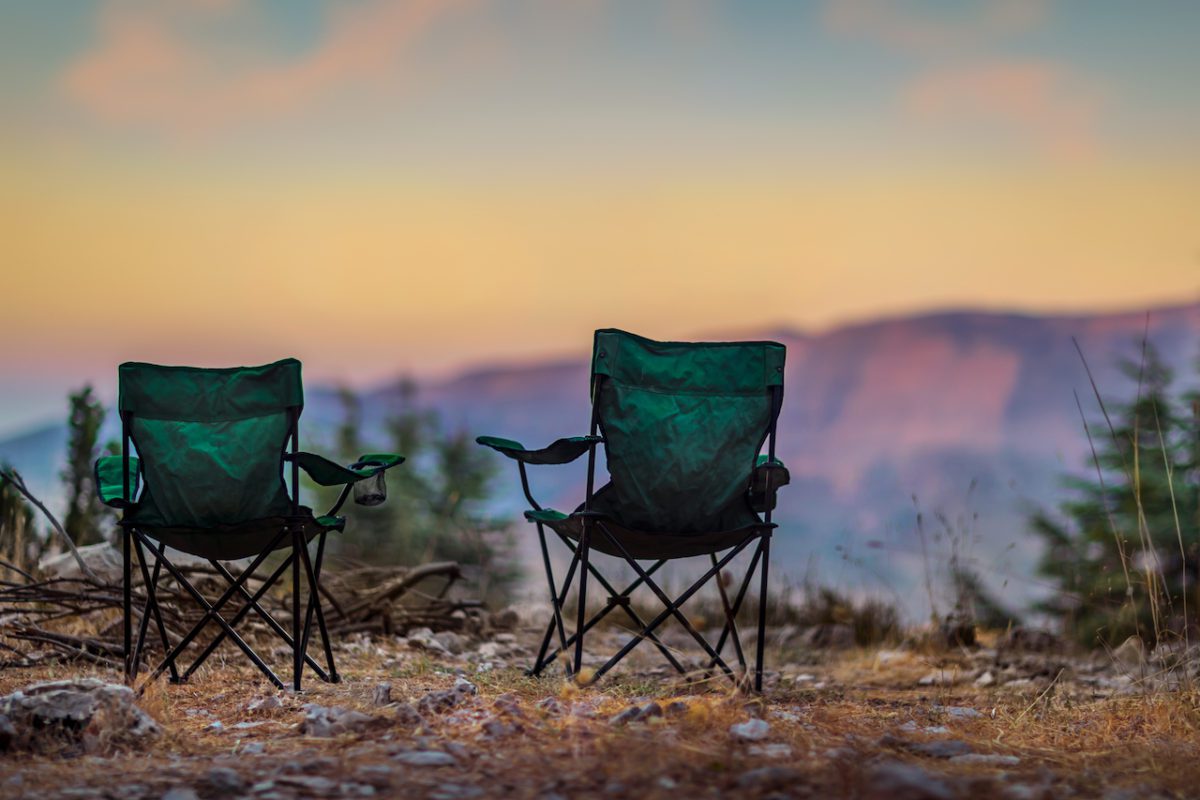

 Alpha Camp Oversized Camping Chair (click here to check prices on amazon)
Alpha Camp Oversized Camping Chair (click here to check prices on amazon) The Coleman Camp Chair with Side Table (click here to check prices on amazon)
The Coleman Camp Chair with Side Table (click here to check prices on amazon) Big Agnes Skyline UL (Click here to check prices on US Outdoor!)
Big Agnes Skyline UL (Click here to check prices on US Outdoor!) Helinox Zero Ultralight Compact Camping Chair (click here to check prices on amazon)
Helinox Zero Ultralight Compact Camping Chair (click here to check prices on amazon) Clic Camping Chair (click here to check prices on amazon)
Clic Camping Chair (click here to check prices on amazon)